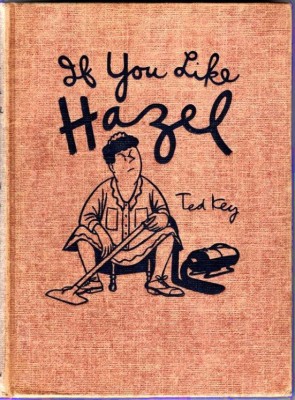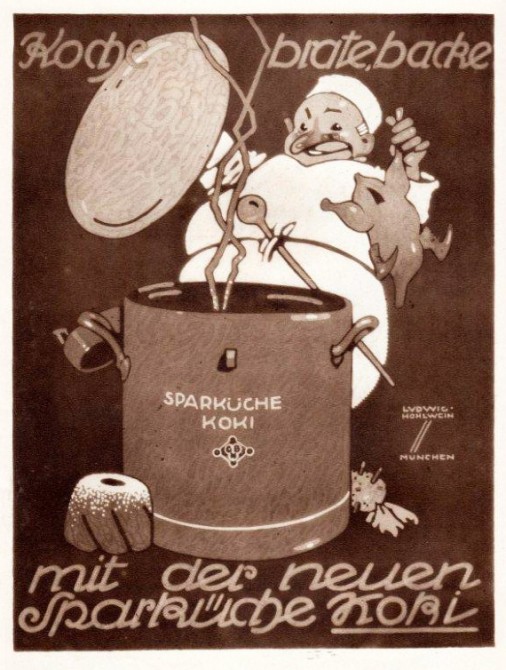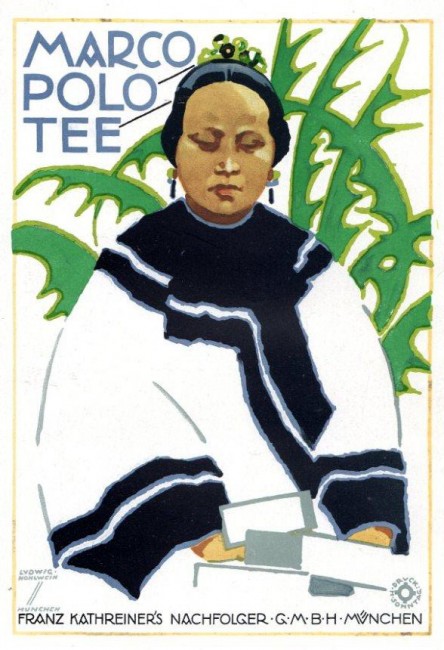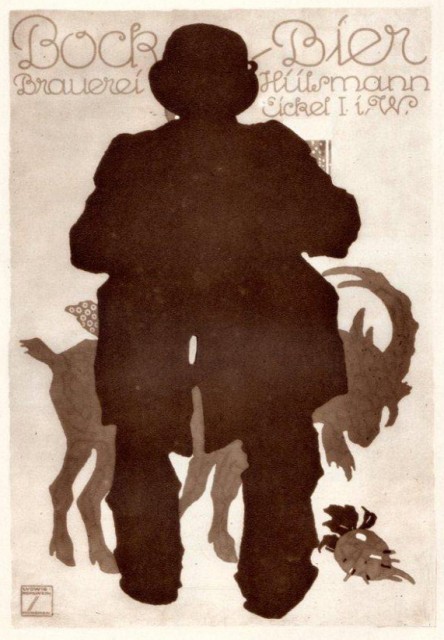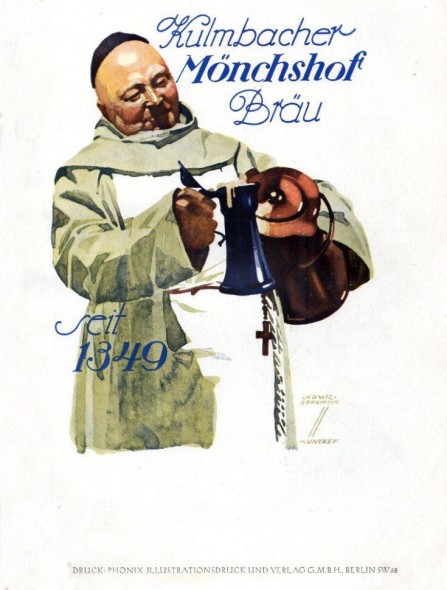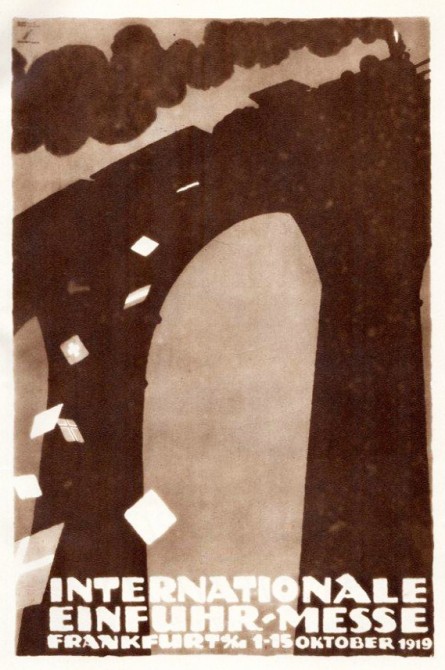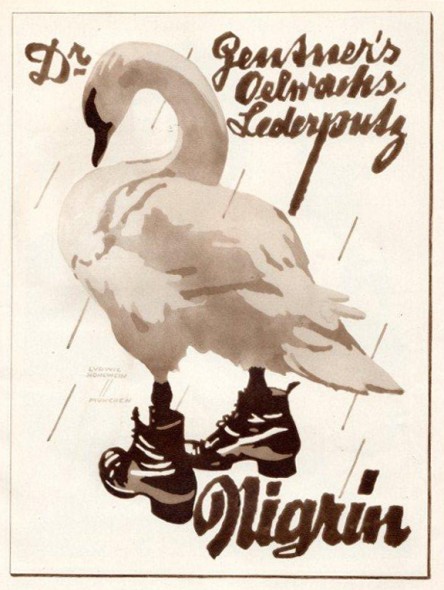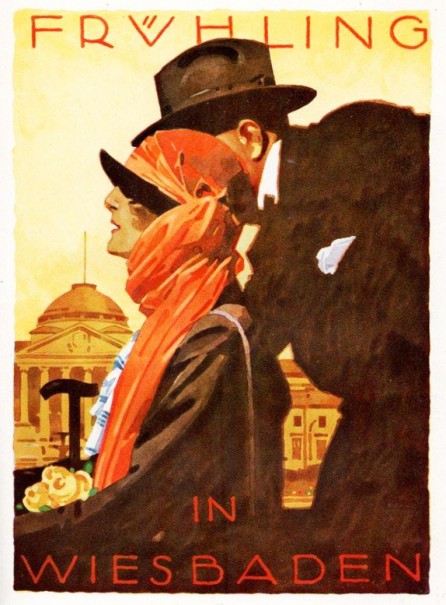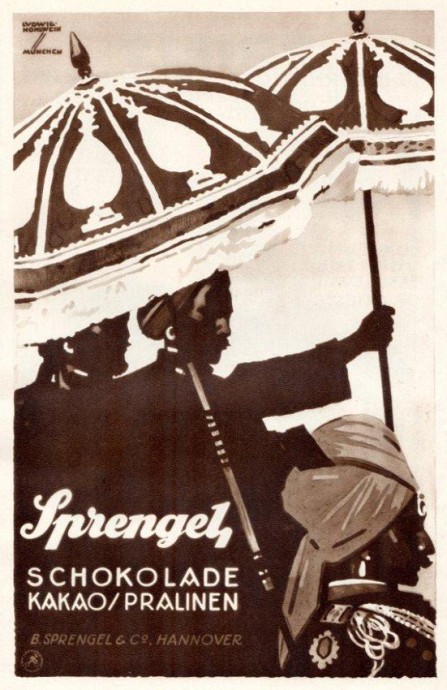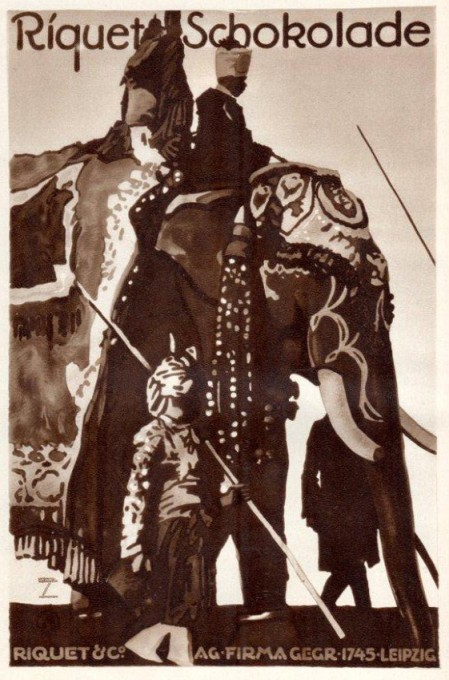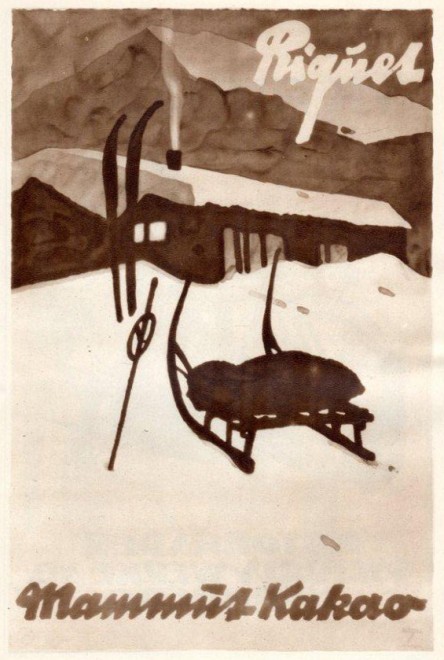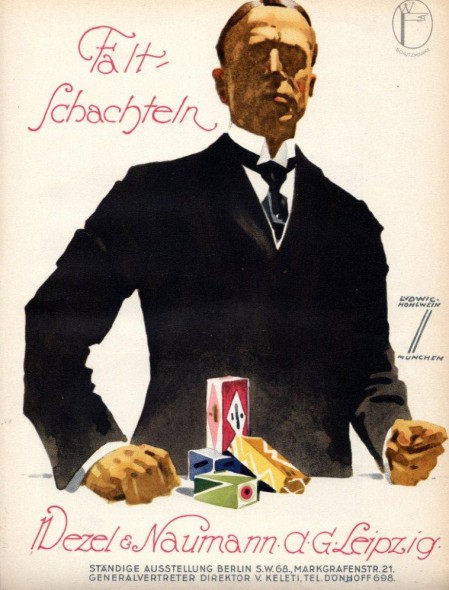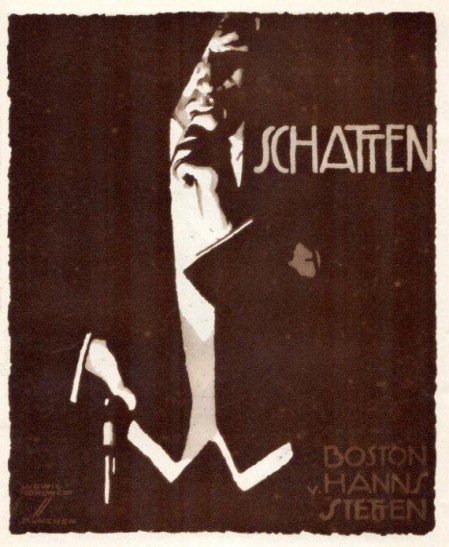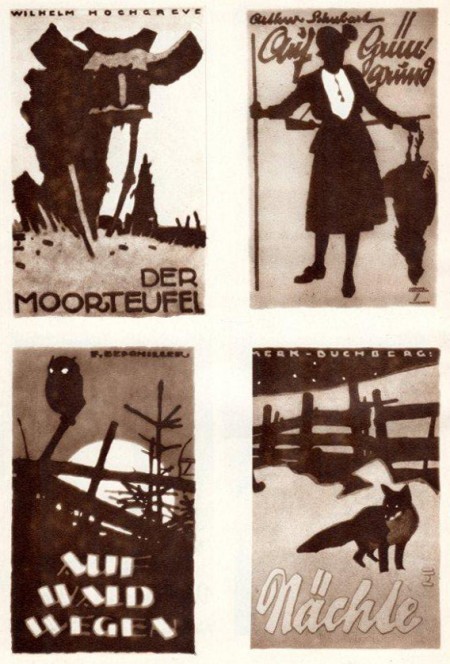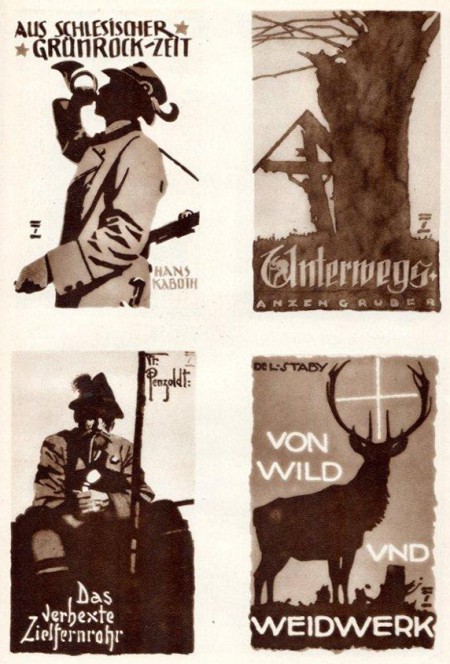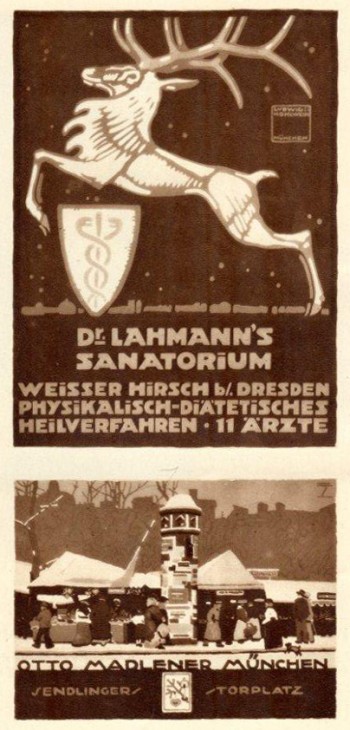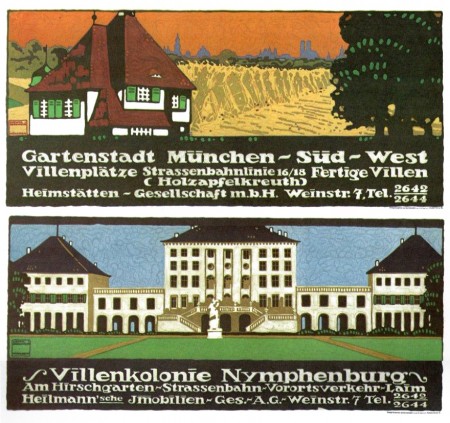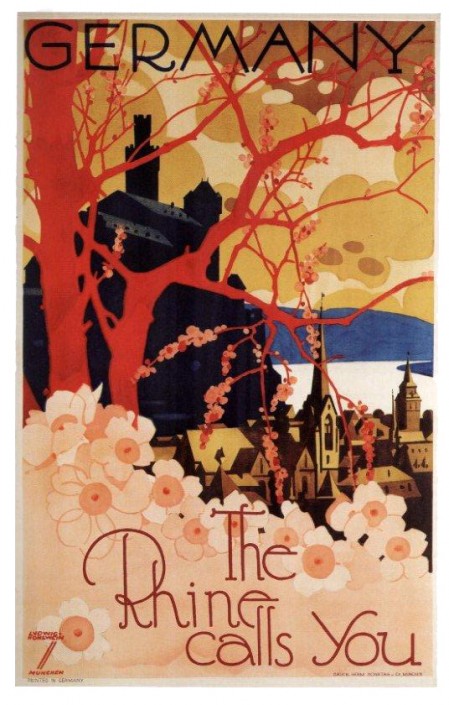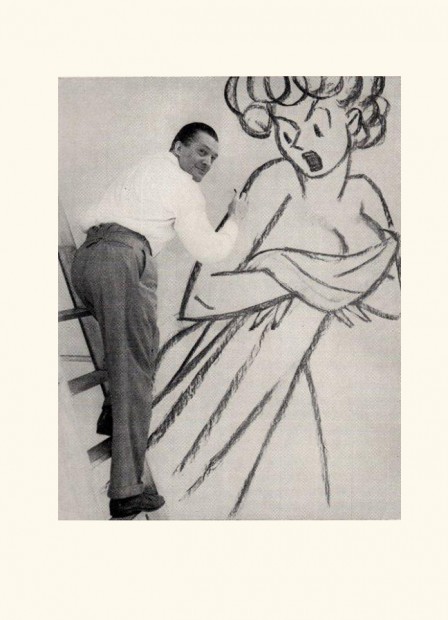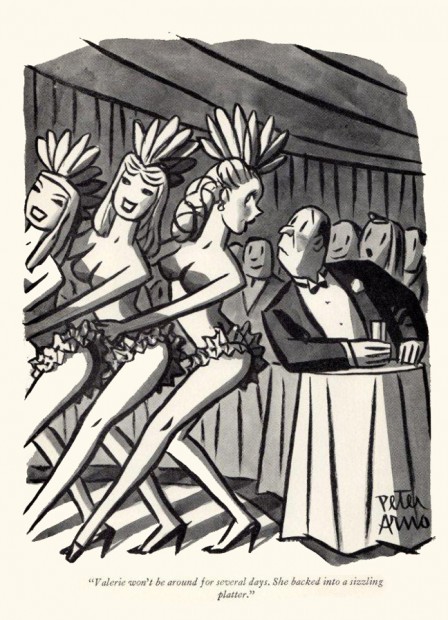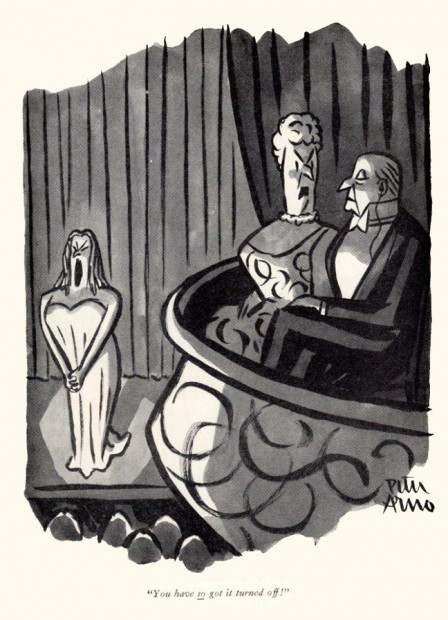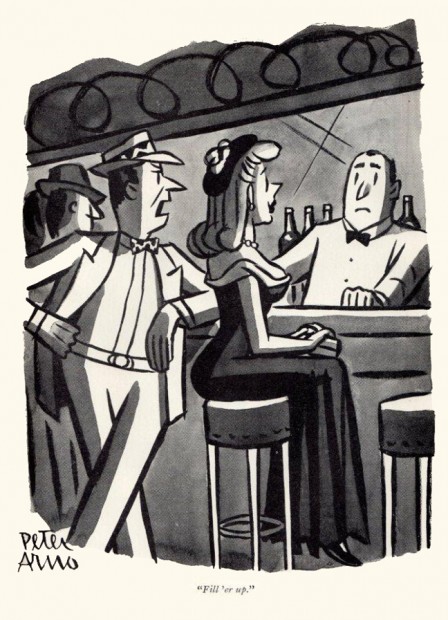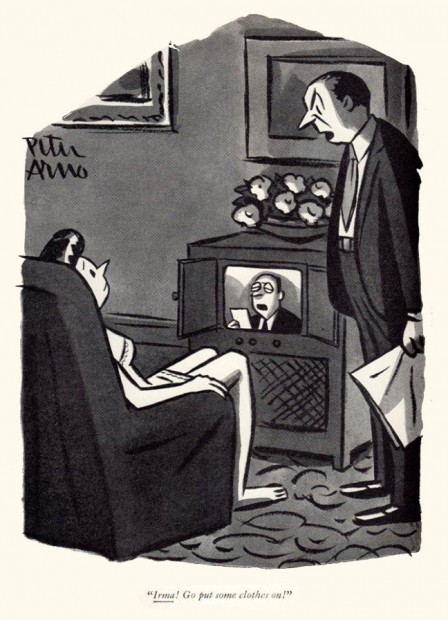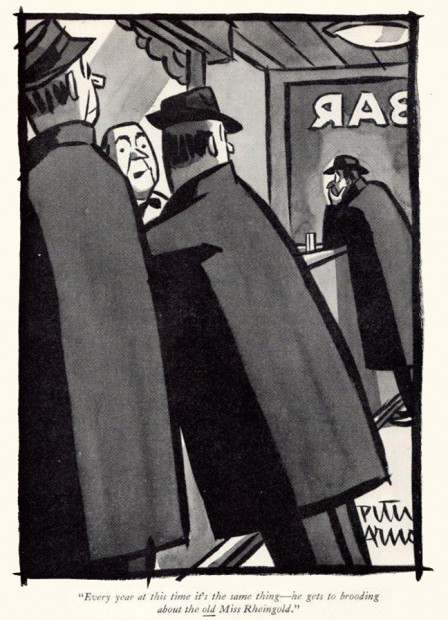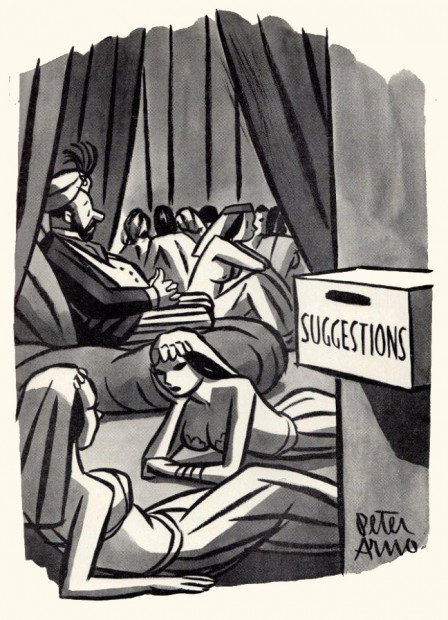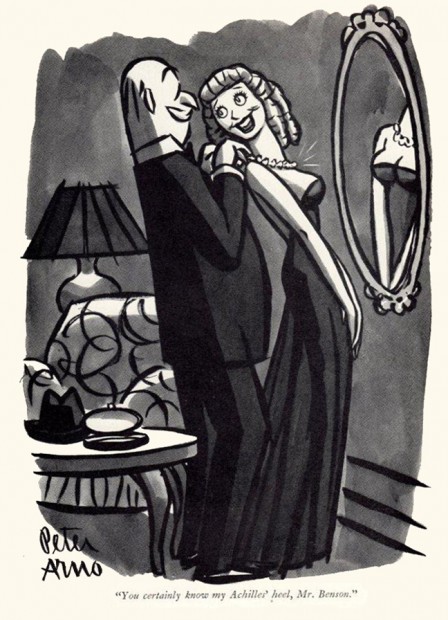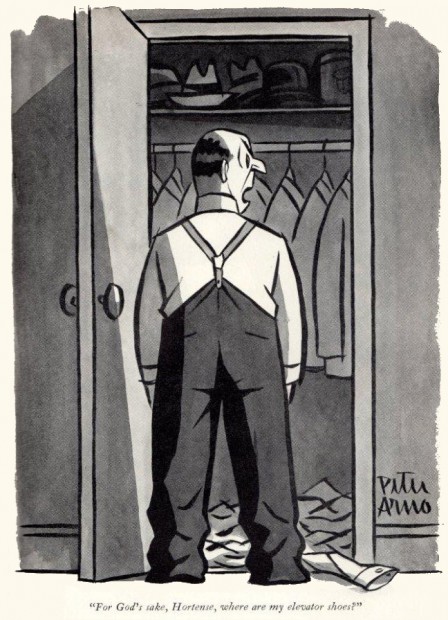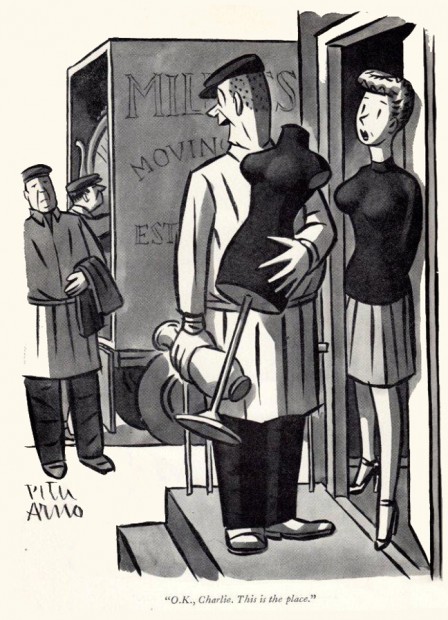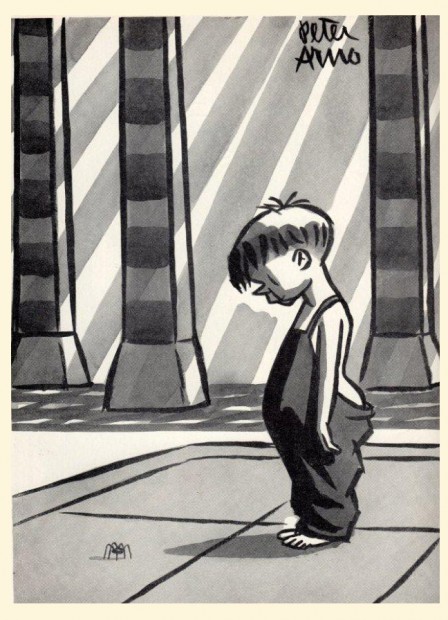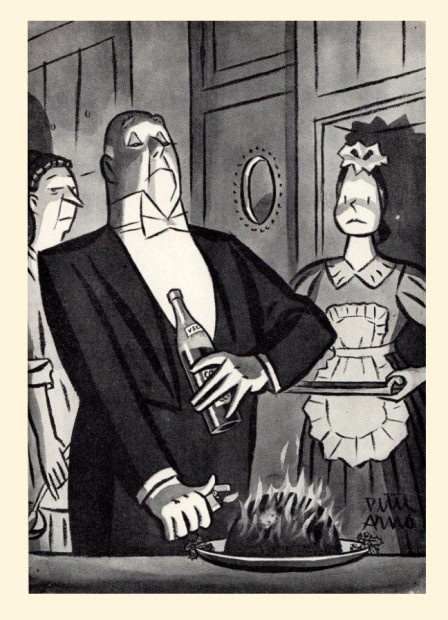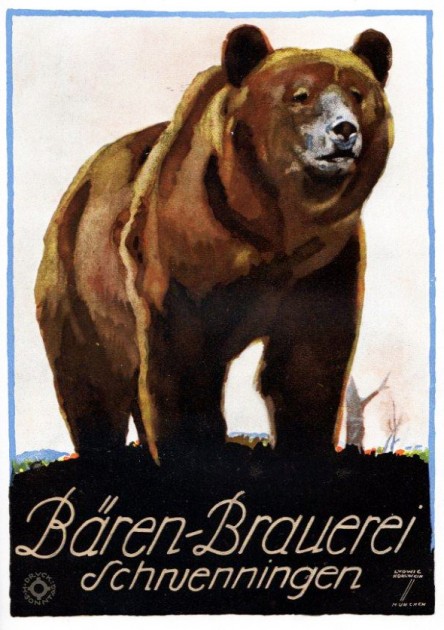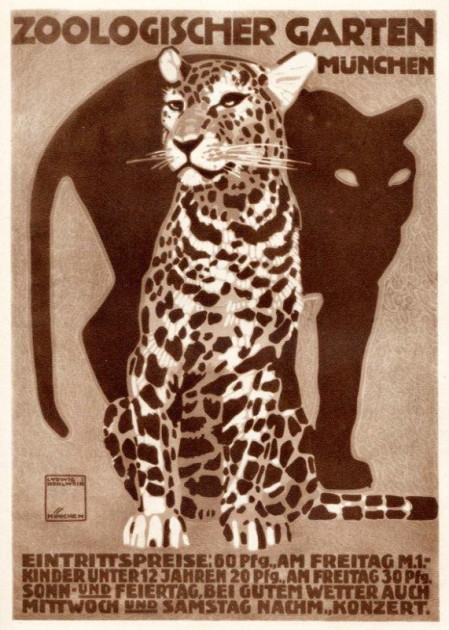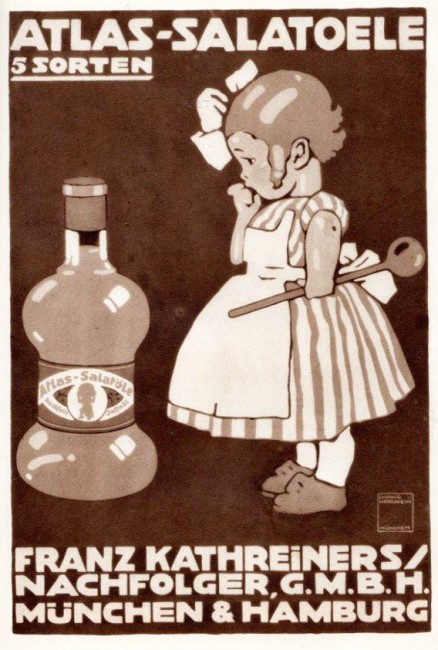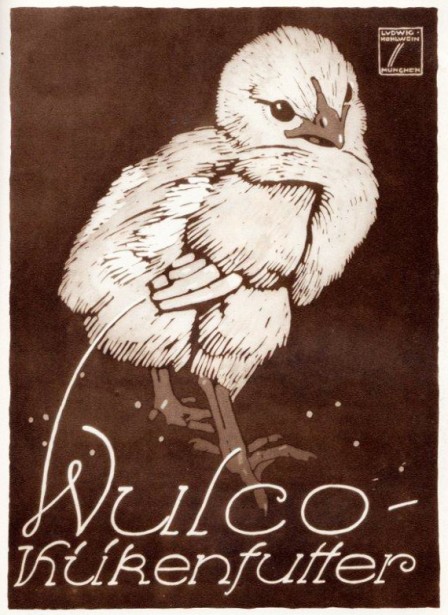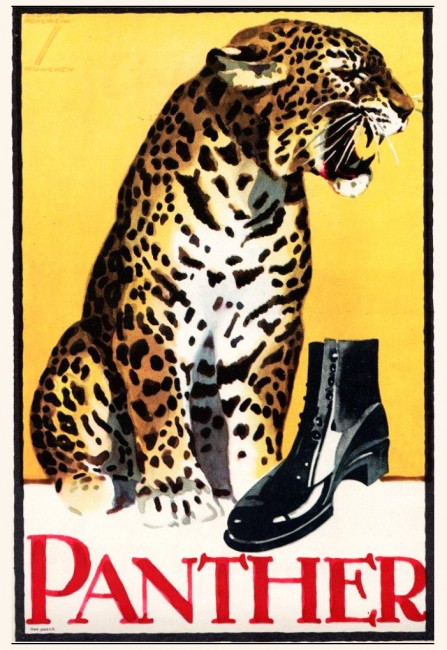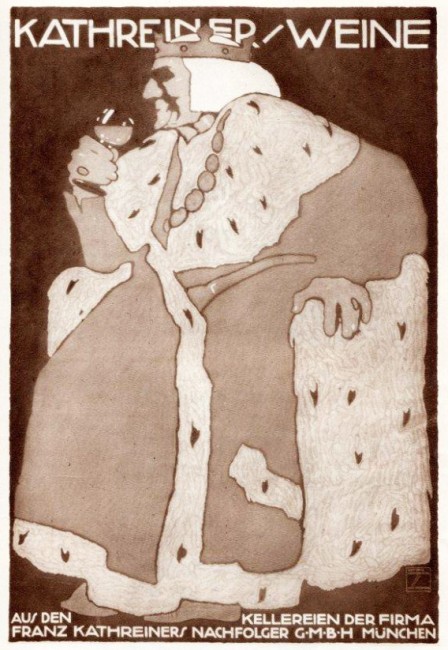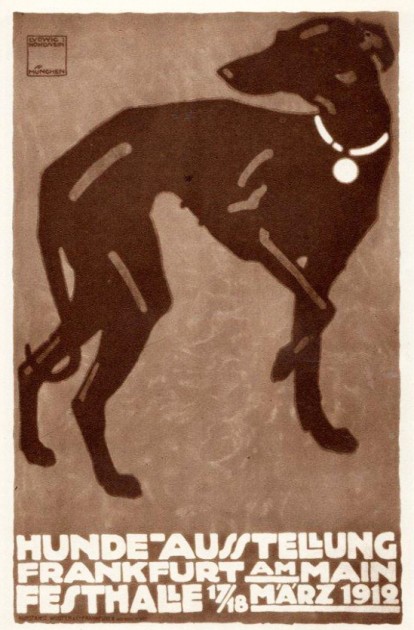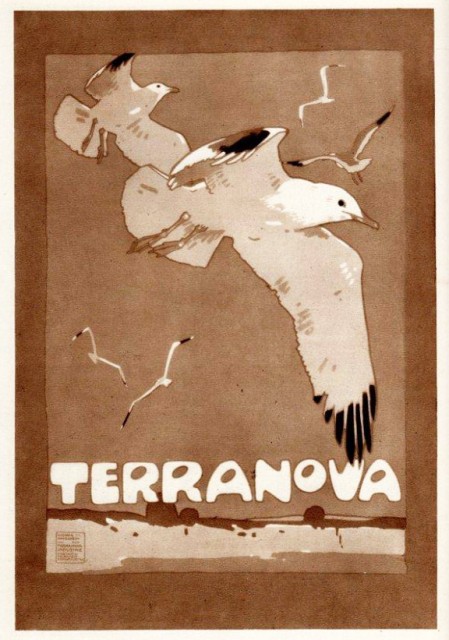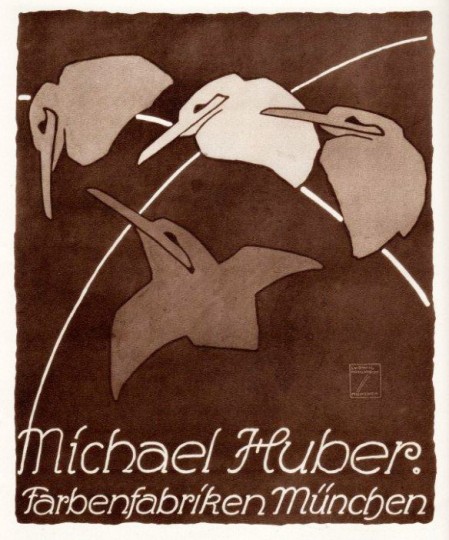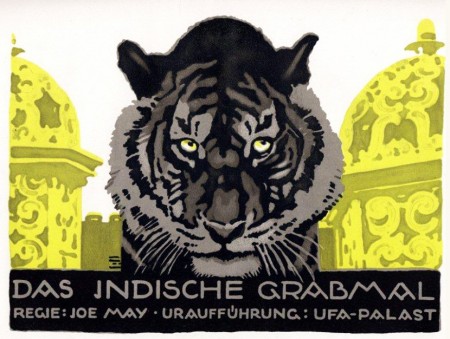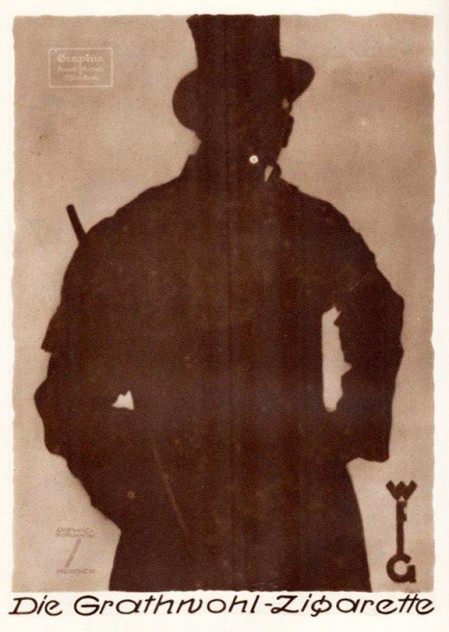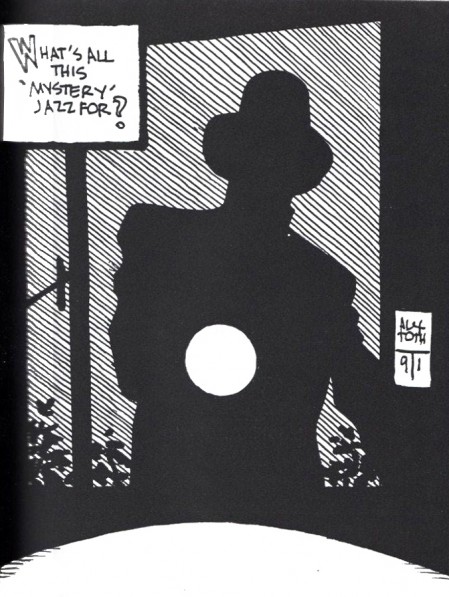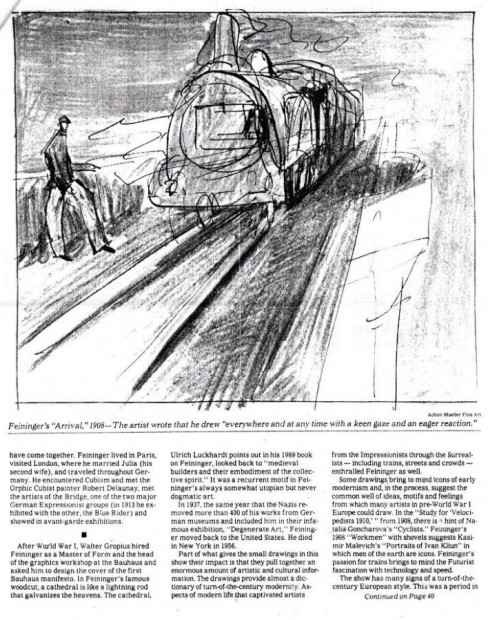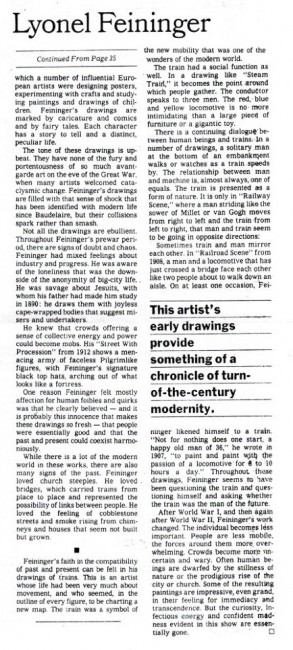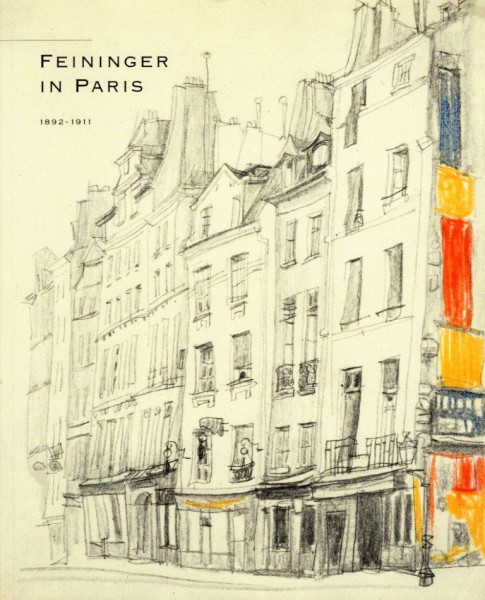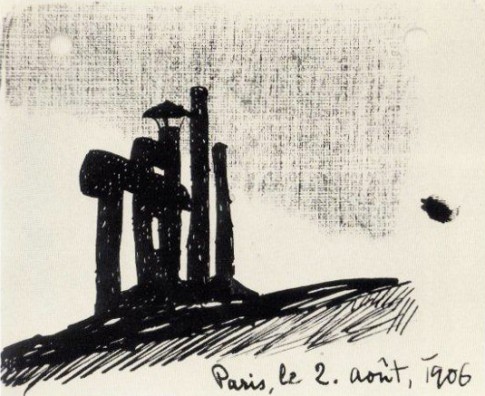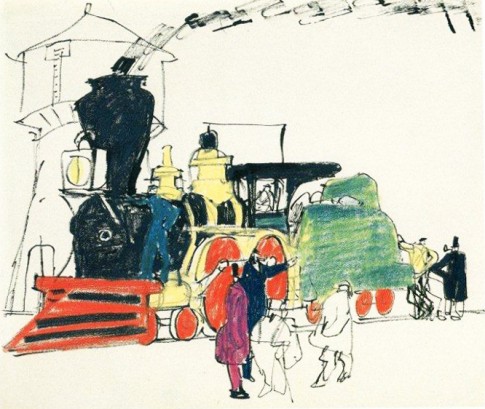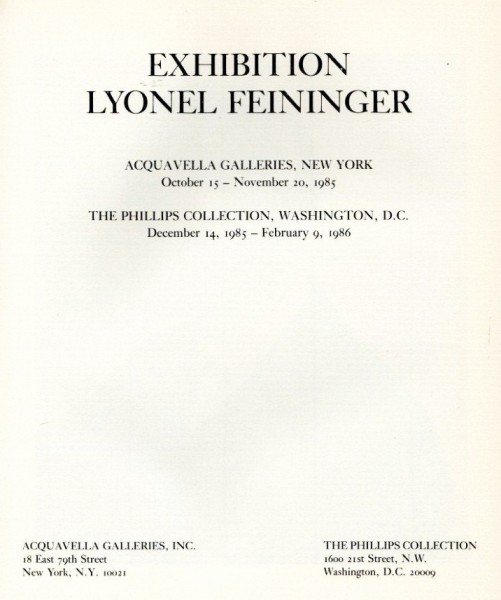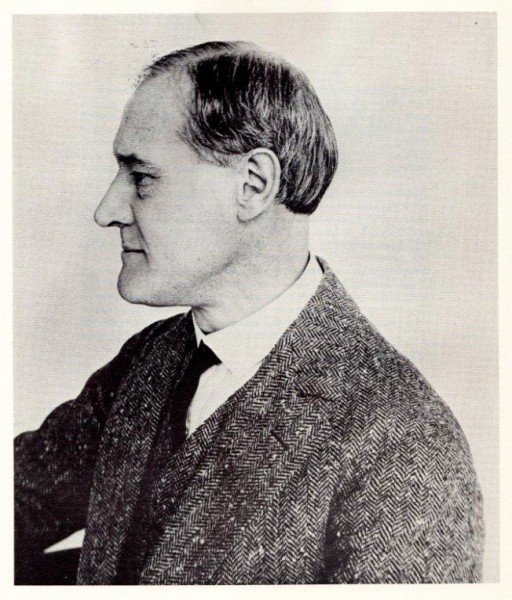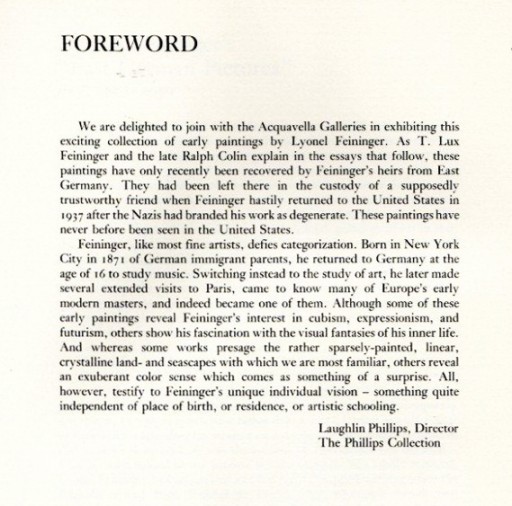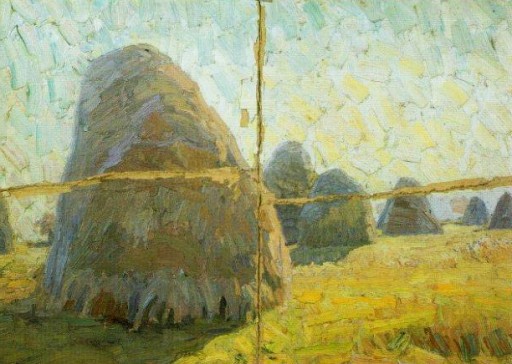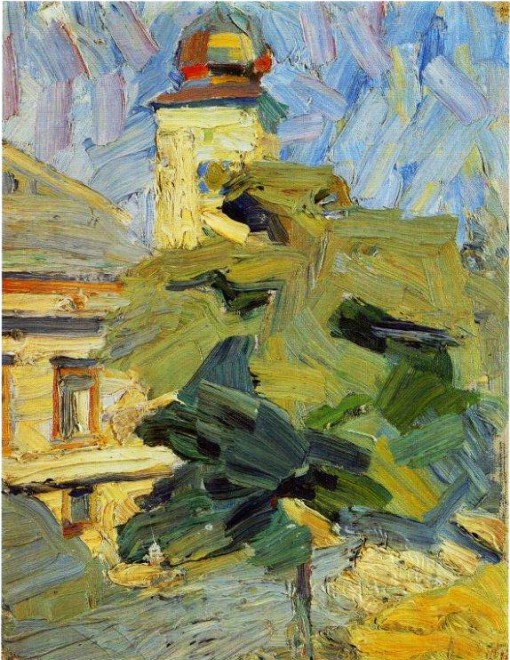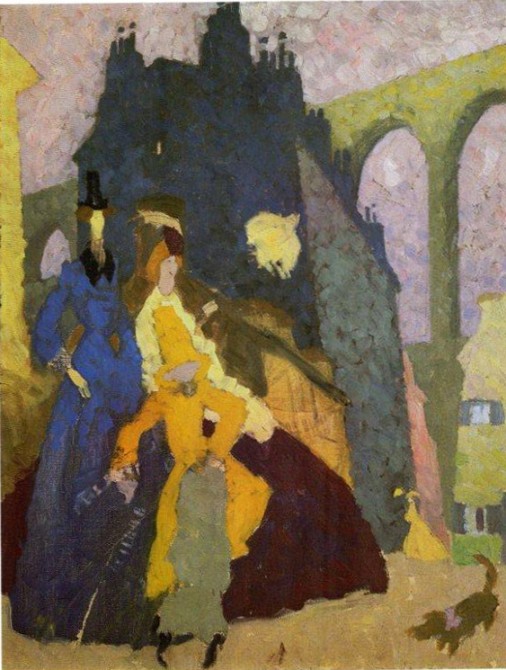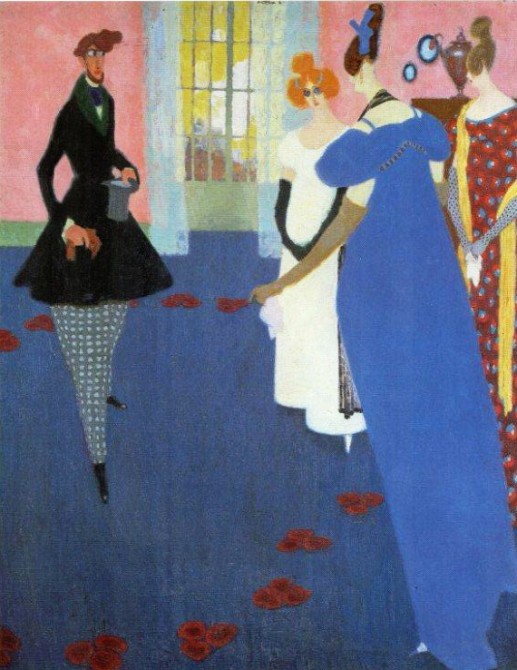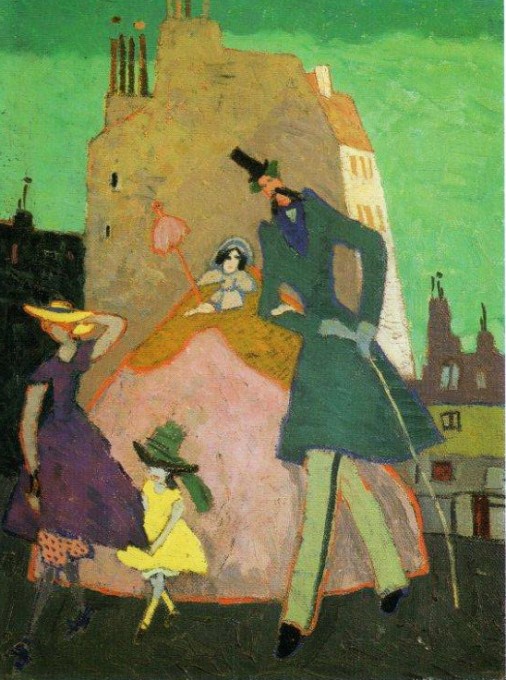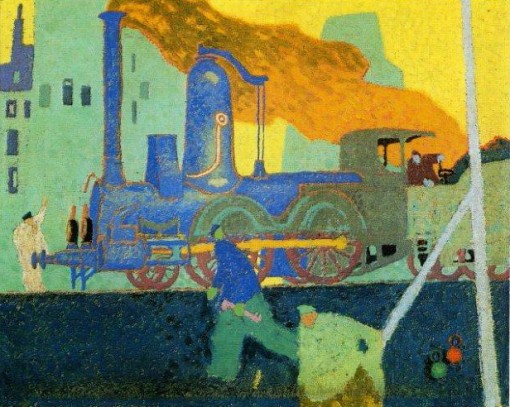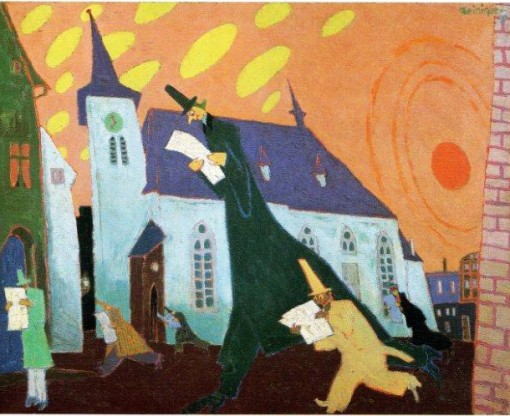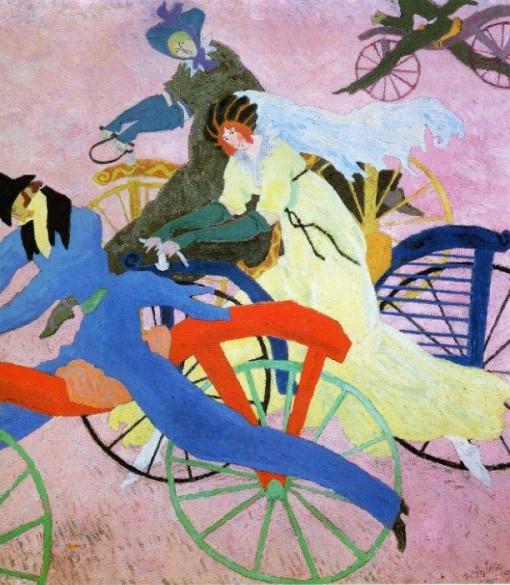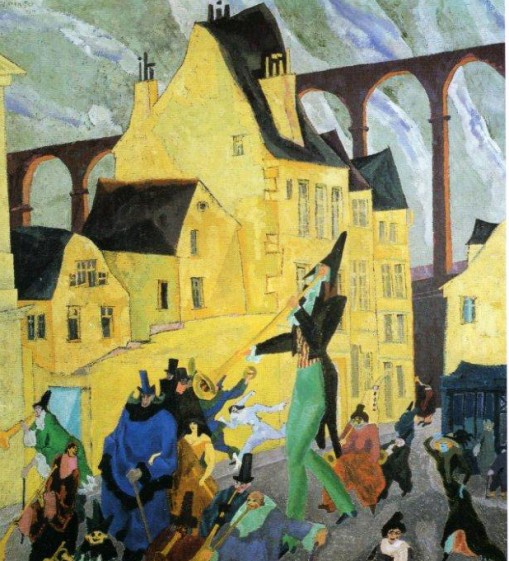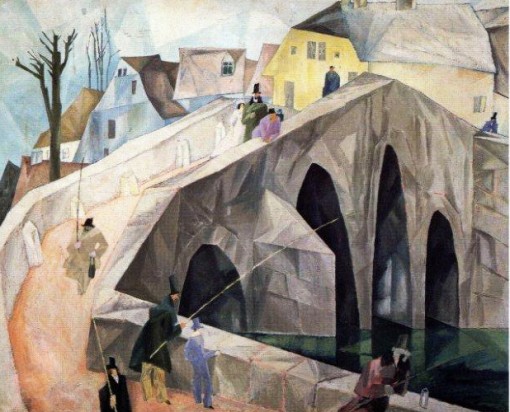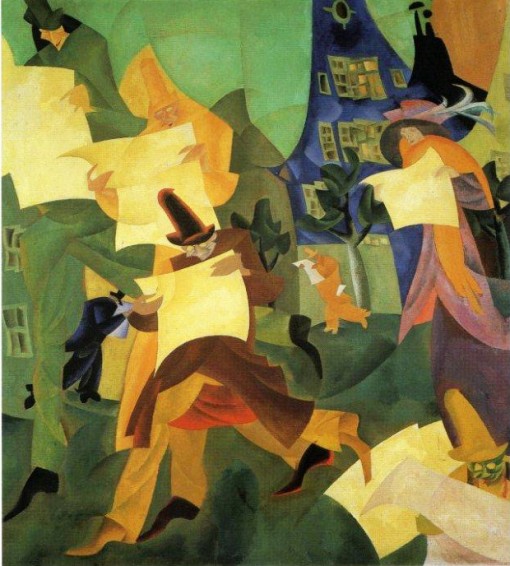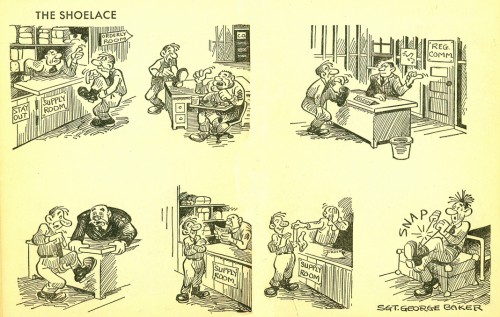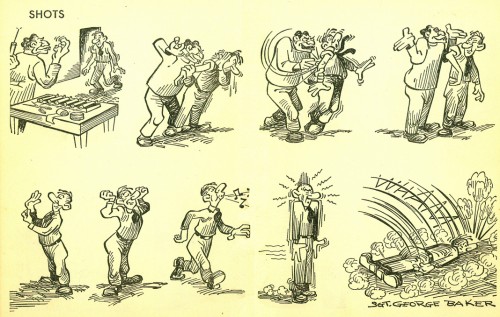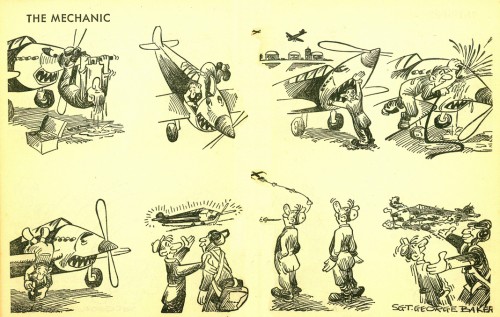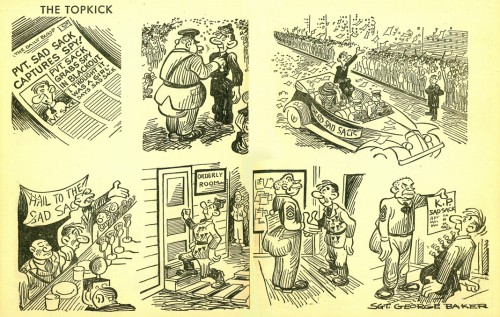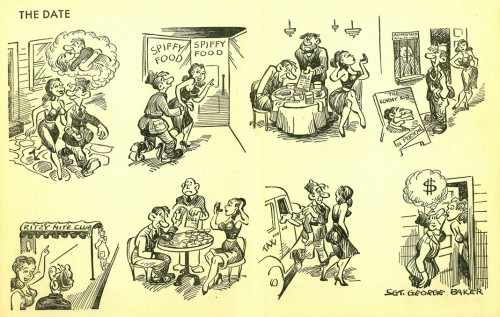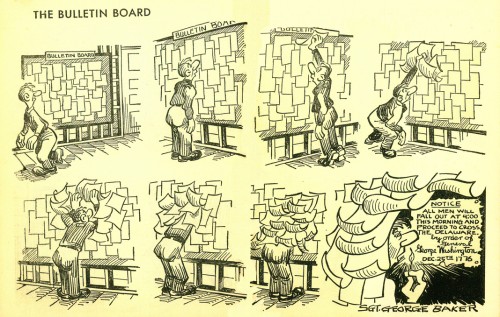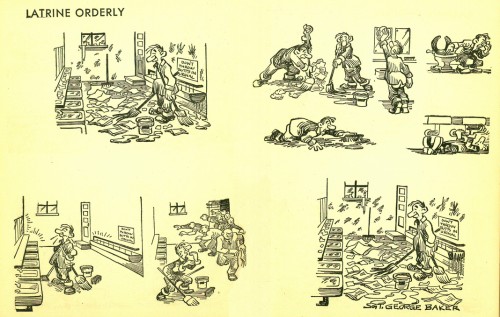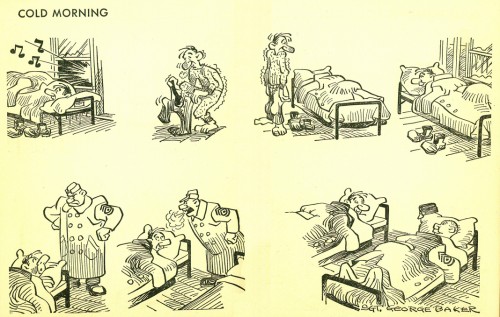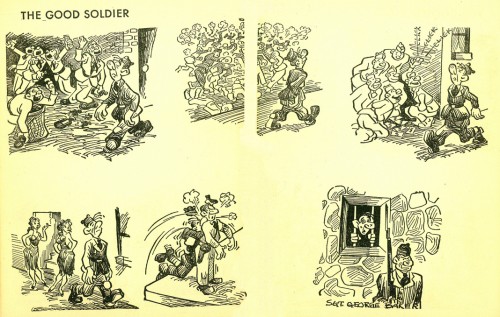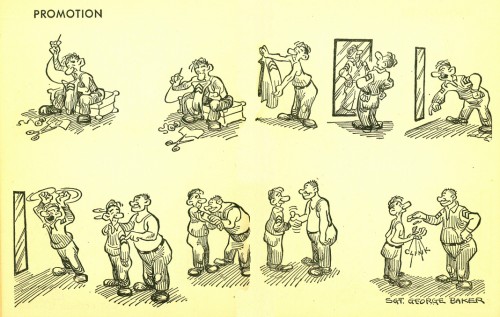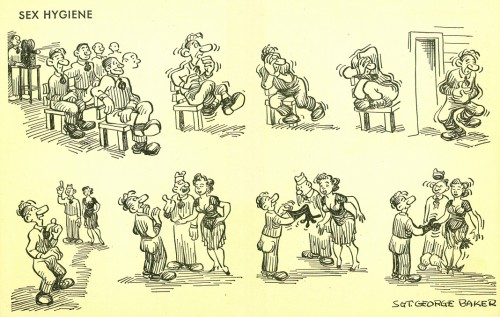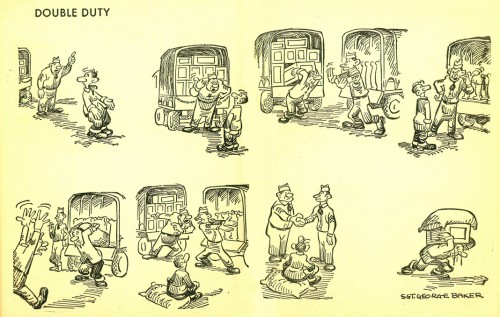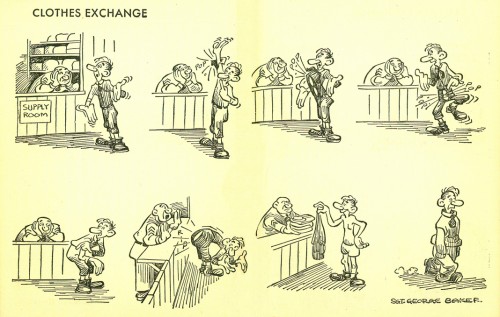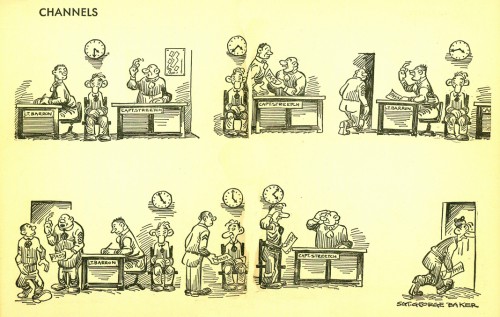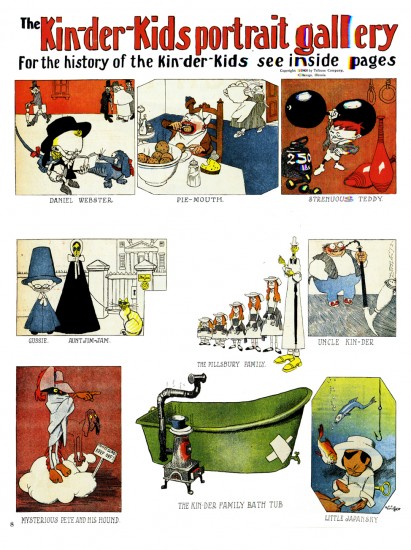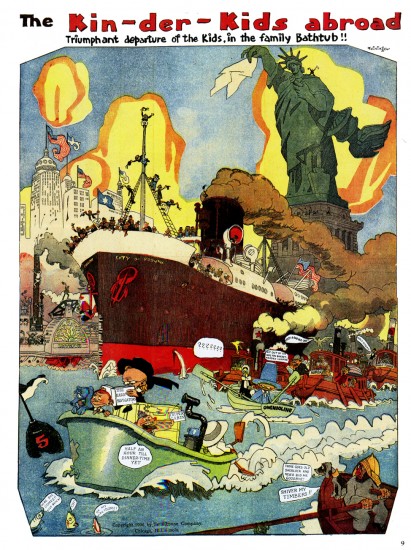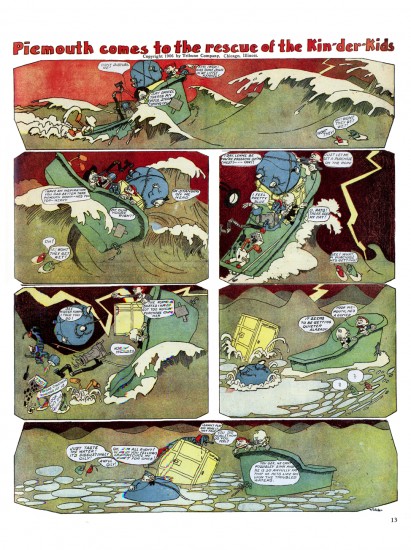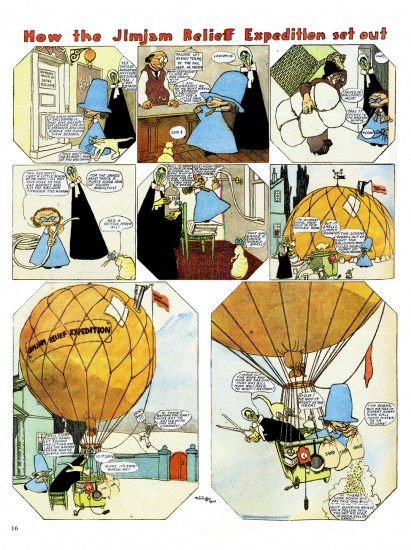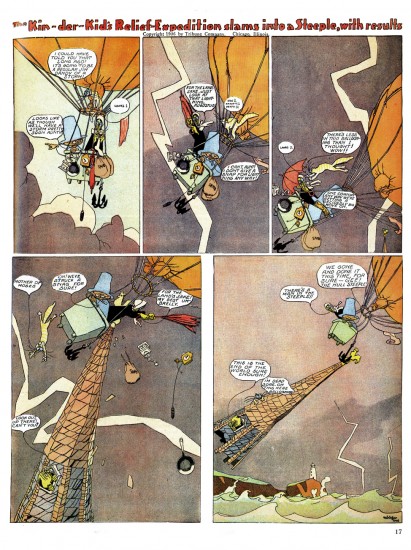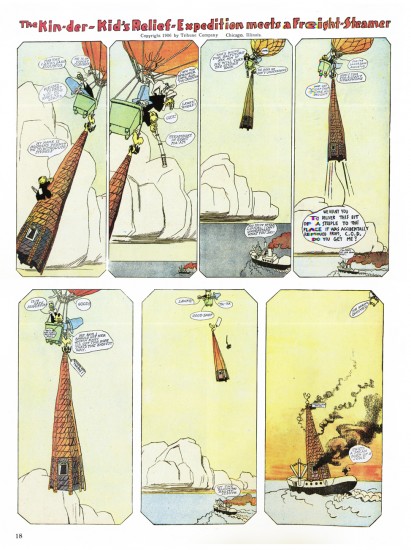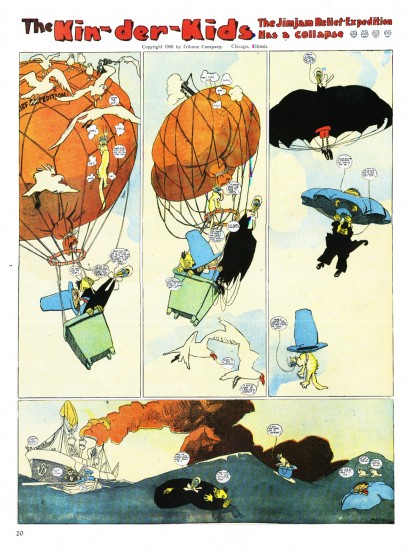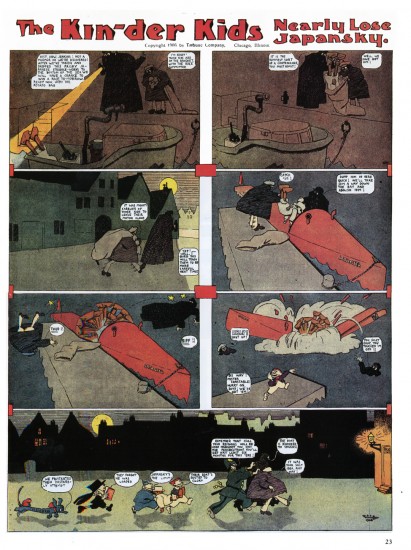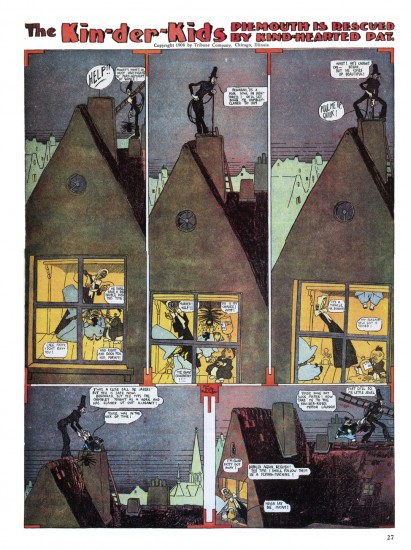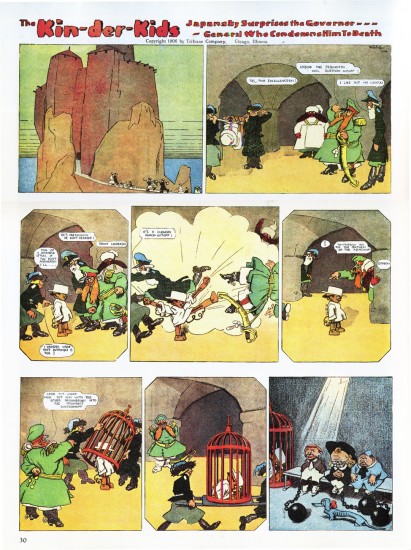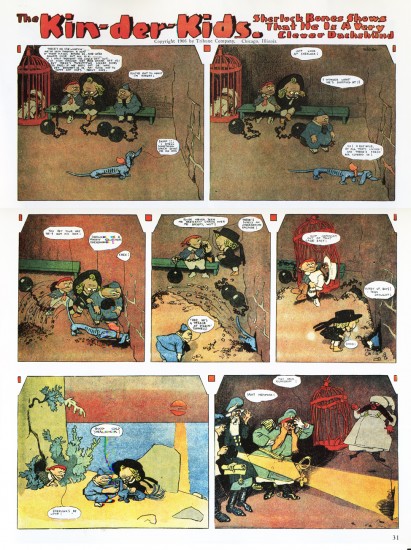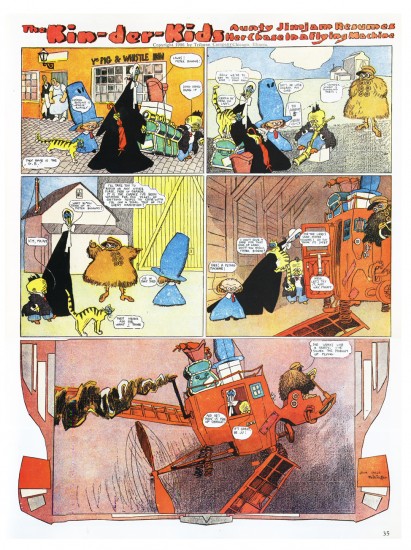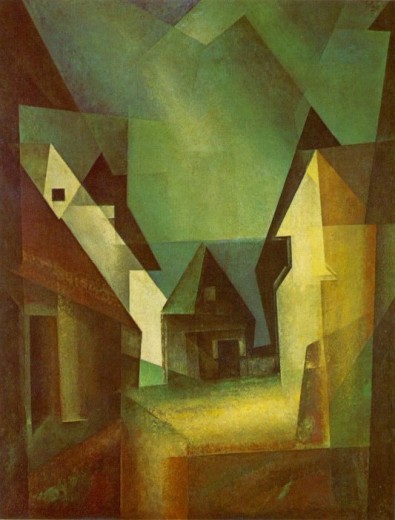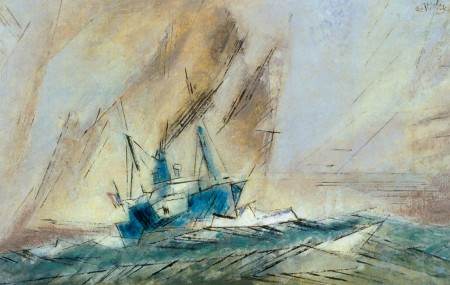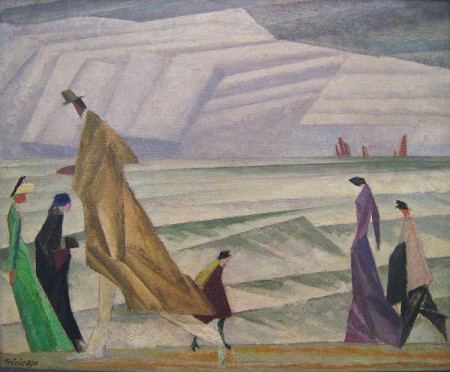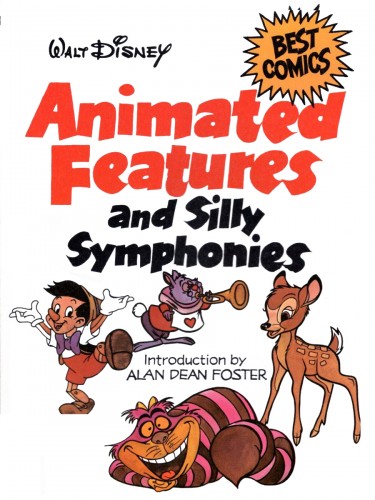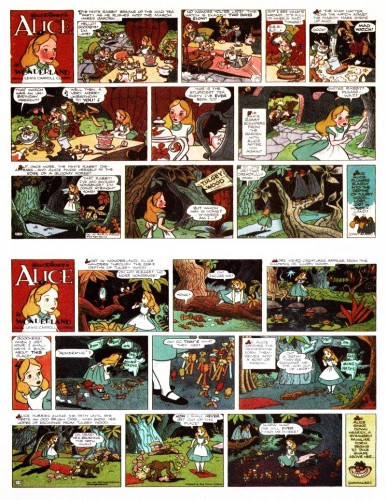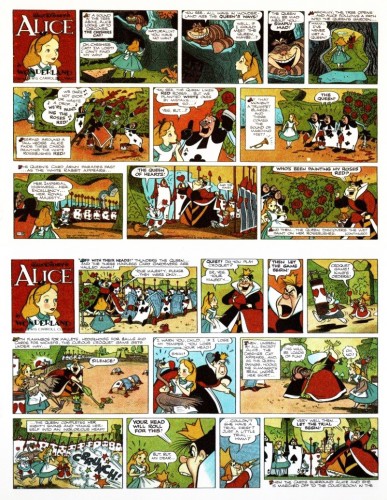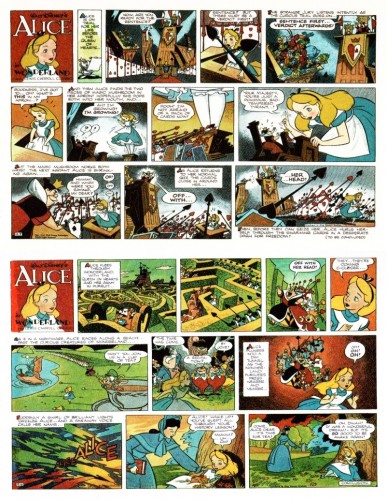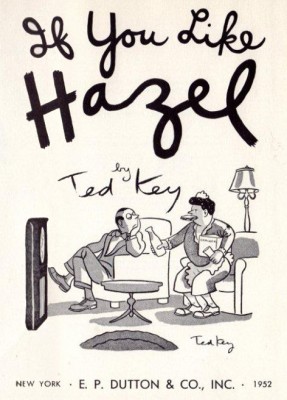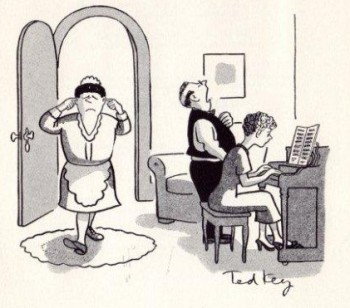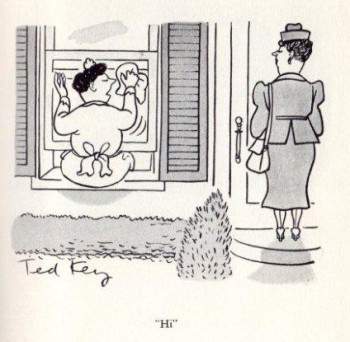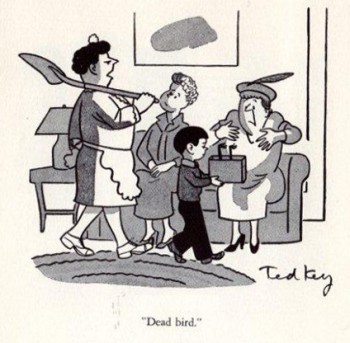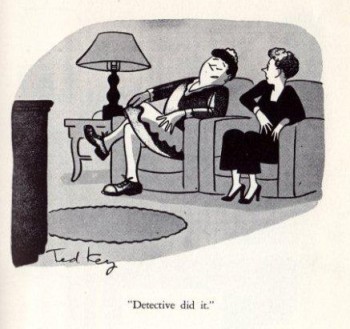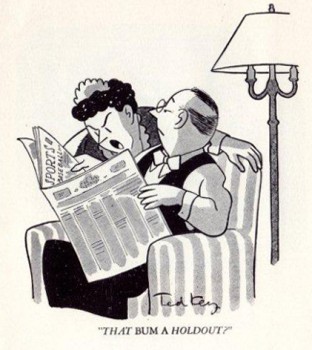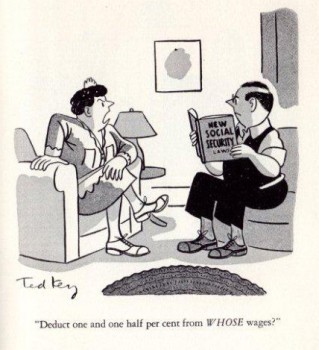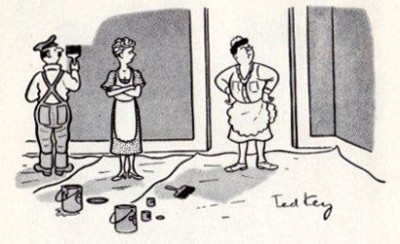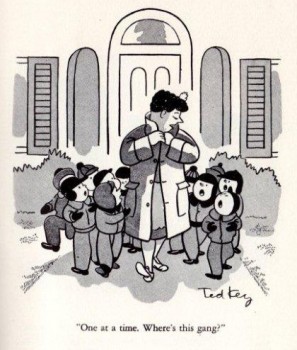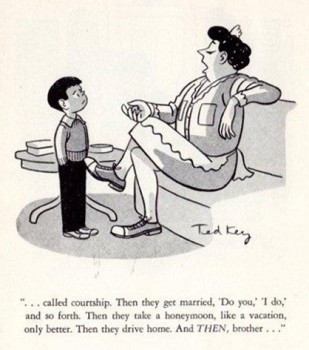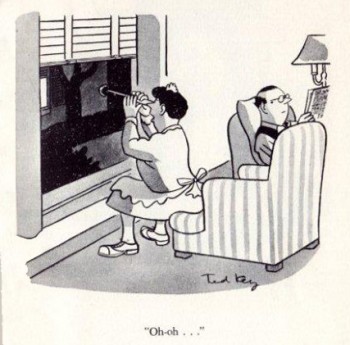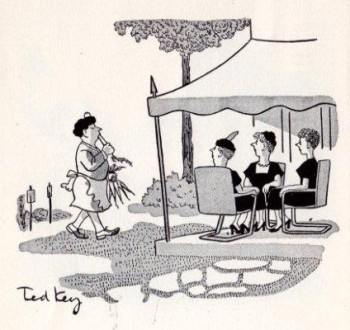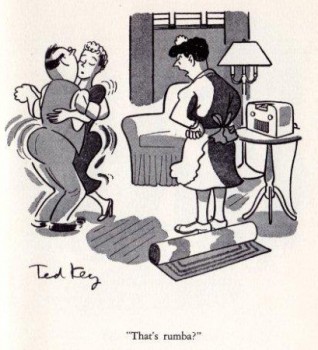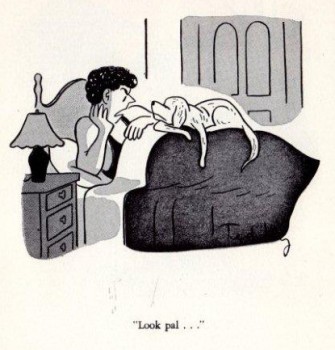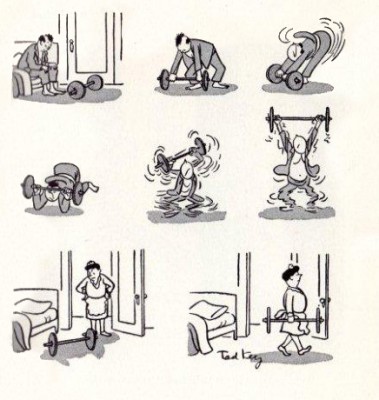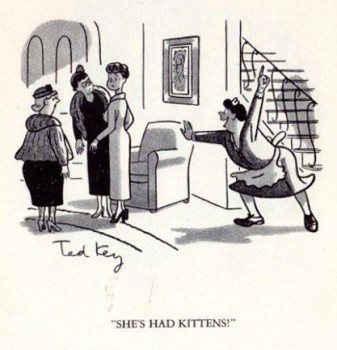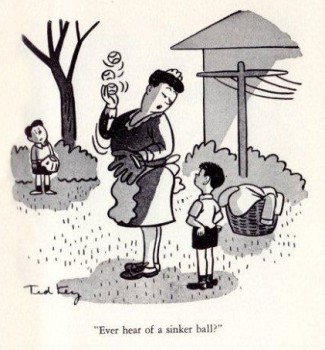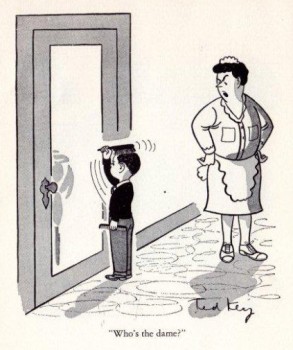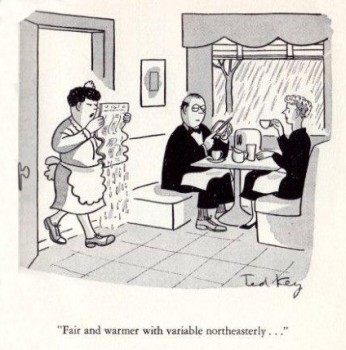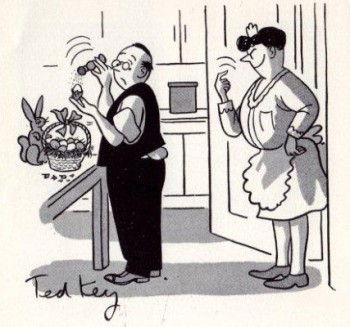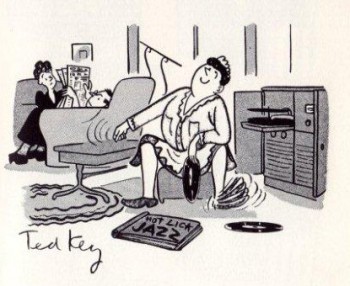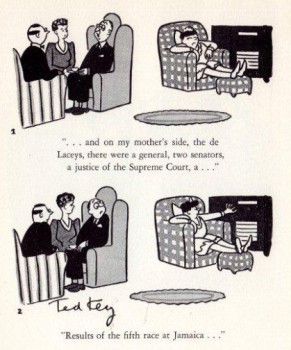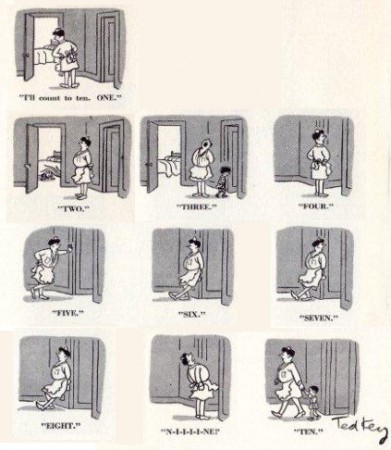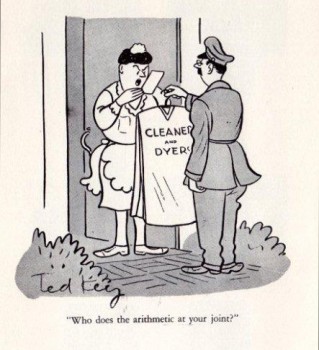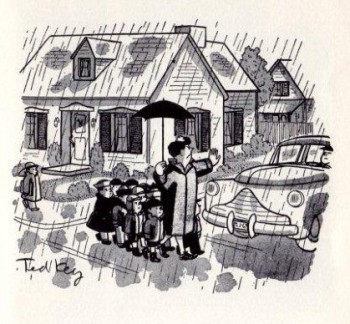Category ArchiveBill Peckmann
Art Art &Bill Peckmann &Illustration 28 Jan 2011 08:46 am
Ludwig Hohlwein 2
- There was such an interest in Ludwig Hohlwein’s work, last week, that we’re going forward with more. These come from two books, a 1926 edition of his work (see title page below) and
a 1994 German book, Ludwig Hohlwein, 1874-1949: Kunstgewerbe und Reklamekunst.
All the scans were done by Bill Peckmann, who owns both of these books. Many thanks to him for not only introducing me to thie wonderful artist but for sharing so many illustrations of his work.
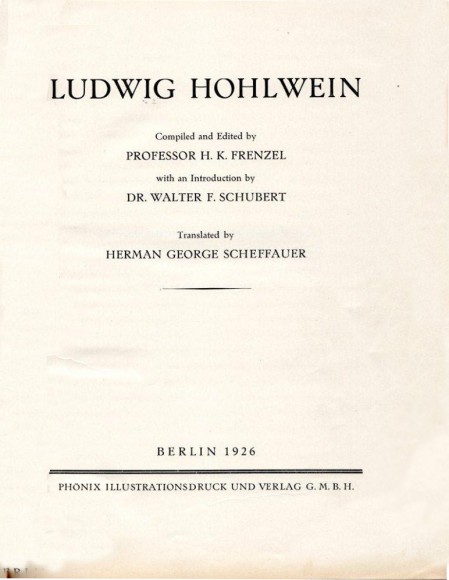
Title page from the 1926 book.
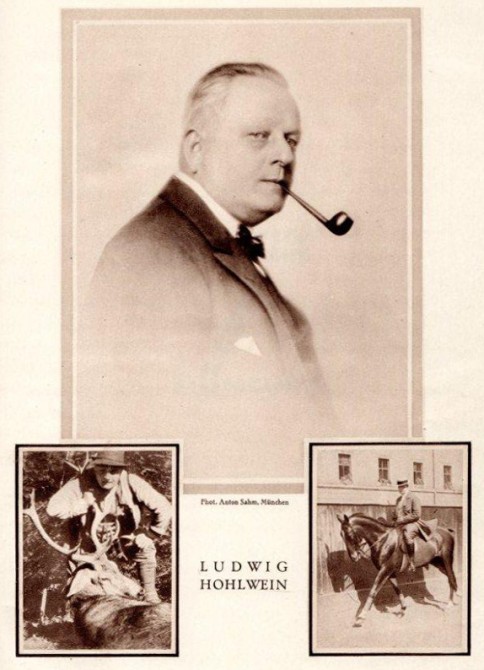
Here’s a portrait of Hohlwein.
Bill Peckmann &Books &Comic Art &Illustration 22 Jan 2011 08:40 am
Peter Arno
- Peter Arno had set out to be a musician in his earliest years, but the sale of a gag cartoon to the New Yorker (which ran June 20, 1925) started him on a long, industrious and extraordinary career. He appeared in the New Yorker almost every week of my life, so I got used to seeing his work. I also took for granted the absolute ease with which he sold his gags, something that’s sorely missed today. The compositions, the use of grey tones (most of his cartoons were done in B&W&grey washes with black ink brush lines), and the use of angles all played perfectly to the service of the gag.
Bill Peckmann surprised me with these images from the book on Arno. Thanks, Bill.
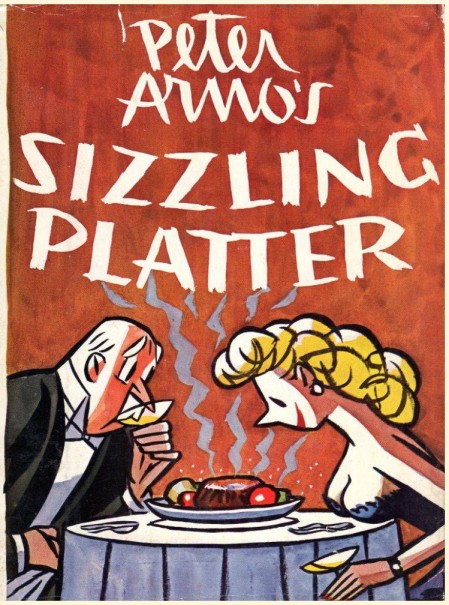
The book’s cover.
Art Art &Bill Peckmann &Books &Comic Art &Illustration 21 Jan 2011 08:32 am
Ludwig Hohlwein
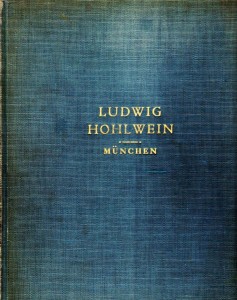 - We’ve been, lately, showcasing some of Lyonel Feirlinger‘s work. A close cousin of his would seem to be Ludwig Hohlwein. Hohlwein was a brilliant German poster artist. His influence seems to have fallen far and wide. Alex Toth and Rowland B. Wilson have both admitted a fondness for Hohlwein, and homage can be found in several of their works. There can also be no doubt that Vernon Grant was aware of Hohlwein’s work.
- We’ve been, lately, showcasing some of Lyonel Feirlinger‘s work. A close cousin of his would seem to be Ludwig Hohlwein. Hohlwein was a brilliant German poster artist. His influence seems to have fallen far and wide. Alex Toth and Rowland B. Wilson have both admitted a fondness for Hohlwein, and homage can be found in several of their works. There can also be no doubt that Vernon Grant was aware of Hohlwein’s work.
Hohlwein was born in 1874 and practiced his art until 1906 when he turned to pster design. He quickly became one of the leading masters of his day. (Interestingly, it was 1906 when Feininger did his two great comic strips and left to turn to oil painting in Germany.)
Bill Peckmann introduced me to Hohlwein, and he’s scanned many of the posters from the book to the right, a 1926 publication. Many thanks, again, to Bill for the material.
Here, then, are some of the posters from this book:
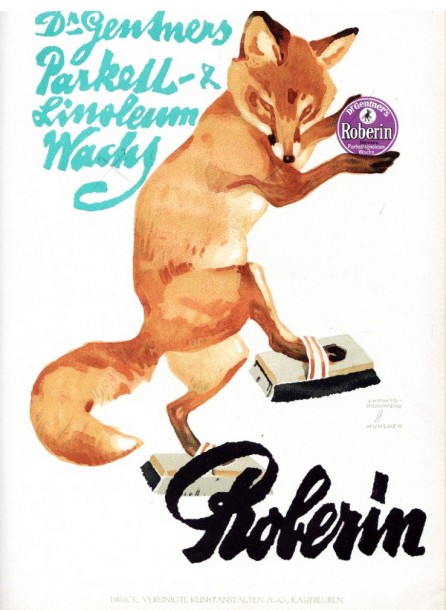 1
1
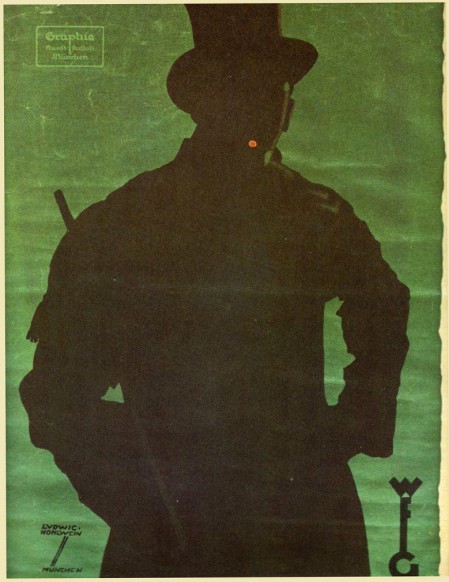 13
13
Here’s a note from Bill Peckmann: “Here’s the color version of the ad/poster
from an oversized Dover reprint book. Sorry I couldn’t get it all on the scanner,
but you’ll get the jest of it. It’s that glowing coal of the cigarette in the
silhouette that Rowland just loved. Pretty neat, huh?”
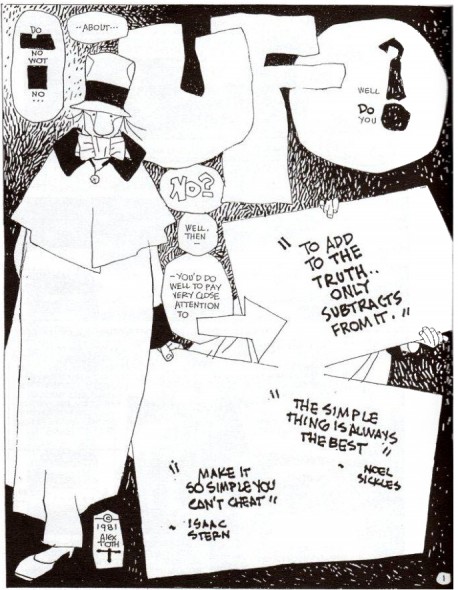 15
15
Another Alex Toth image that looks
very much like a Feininger strip panel.
Art Art &Bill Peckmann &Comic Art &Illustration 18 Jan 2011 08:08 am
Feininger – 2
- Last week, I posted some examples of Lyonel Feininger‘s comic strip art, panels from his 1906 strip for the Chicago Tribune, The Kin-der-kids.
As I pointed out, then, he left comic strips in 1906 and moved onto fine Art painting. This week, I’d like to look at the painting part of his early career.
Bill Peckmann has in his wonderful collection the brochures for two art exhibits that took place in the 80s. He’s sent me material from both brochures that I’d like to post here. The first was a show that took place at the Achim Moeller Fine Art Gallery in New York. Here is the NYTimes review for that show:
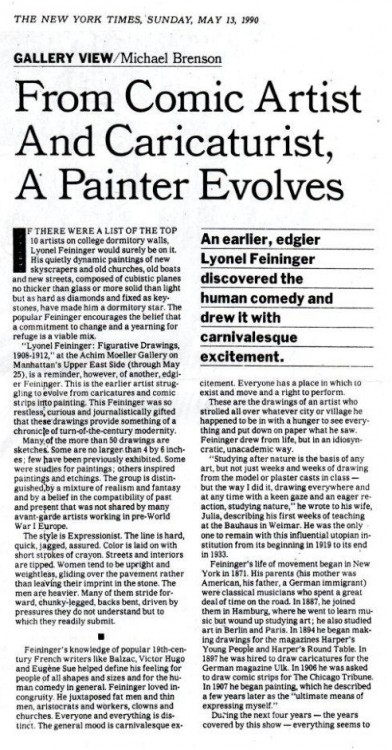 1
1
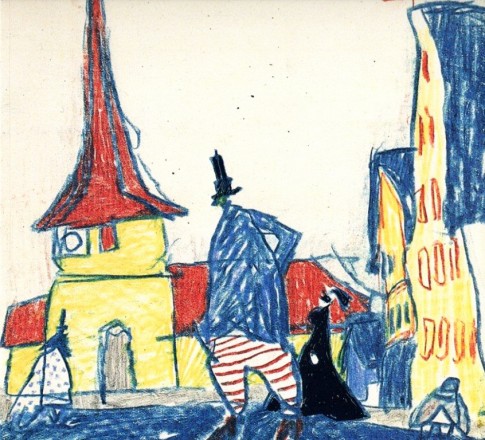 7
7
Cover of second gallery brochure
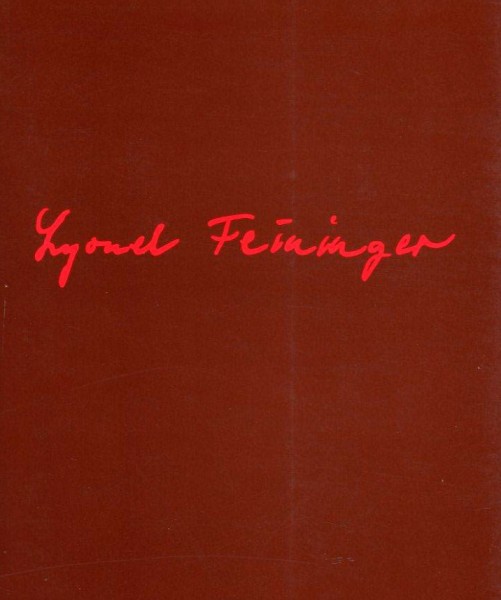 8
8
Cover of booklet for second gallery show.
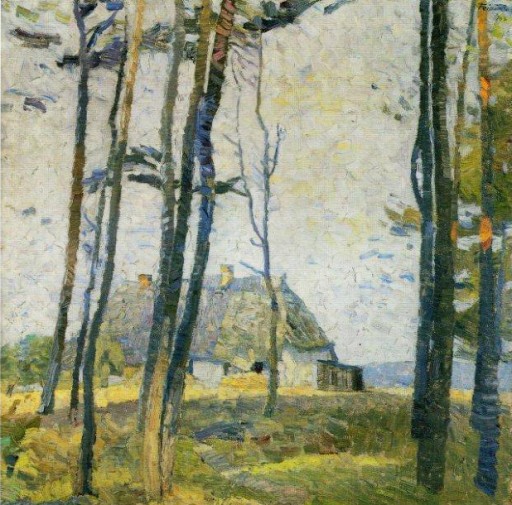 14
14
Edge of the Wood, Lobbe 1907
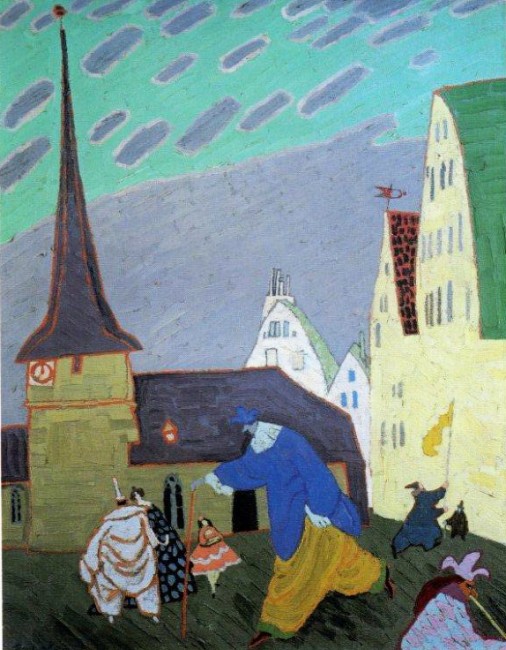 18
18
Carnival in Gelmeroda II 1909
Many thanks to Bill Peckmann for this material.
Next week examples of Wee Willie Winkie
Bill Peckmann &Comic Art &Illustration 15 Jan 2011 09:01 am
Sad Sack – 3
- I’ve been somewhat surprised by the number of people who came out of the woodwork to tell me that they liked seeing these Sad Sack posts. Most of those who commented to me are middle aged; I assume they remember the strip fondly or the War or something, but they liked what they saw. I hope younger fans can still enjoy the interesting pen and ink lines if not the jokes. There were no comments on the posts but the emails and casual comments in conversation leads me to believe they’ve been popular posts.
So, here’s part 3. This was all started by Bill Peckmann who sent me scans from a book he’s owned. I was interested enough to track down the book and scanned them, myself. Thanks to Bill for reminding me about George Baker’s soldier.
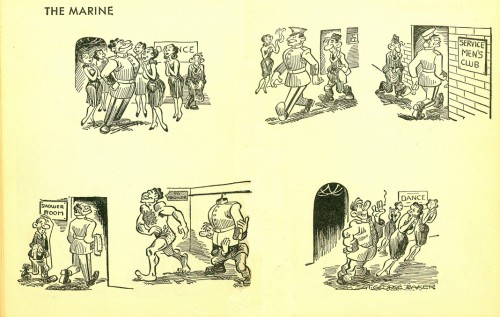 1
1
Bill Peckmann &Disney &Illustration &Models 14 Jan 2011 08:35 am
He Drew As He Pleased – 5
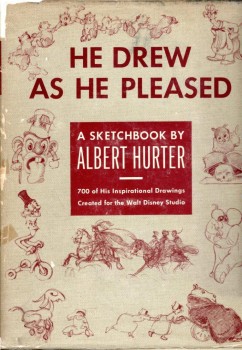 - It’s been a while since I posted more of Albert Hurter‘s magnificent book, He Drew As He Pleased (Simon and Schuster, 1948.) This gem is a rare book, indeed.
- It’s been a while since I posted more of Albert Hurter‘s magnificent book, He Drew As He Pleased (Simon and Schuster, 1948.) This gem is a rare book, indeed.
Albert Hurter was one of the European illustrators Disney brought into his studio for Snow White and Pinocchio. Hurter was the his own master, drawing designs which would be used generally to further the design of the features and Silly Symphonies.
He truly shaped the design of those early features, and his constant reference to features which didn’t get made until generations later, such as Peter Pan, indicate that there was some influence he had on those films, as well. Just look at all the ownderful pirates in this installment.
Many thanks to Bill Peckmann for the loan of the book’s pages and the arduous task of scanning these illustrations.
.
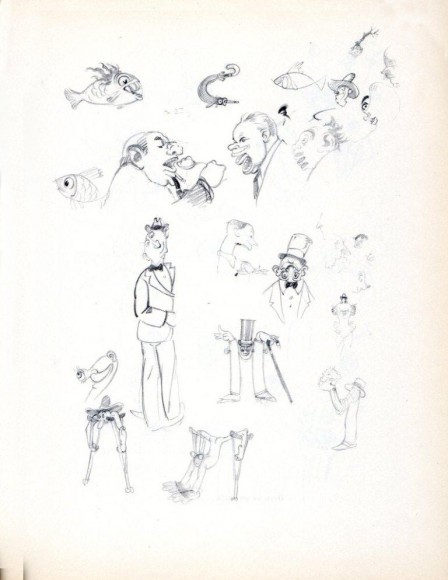 1
1“Here we go again.”
.
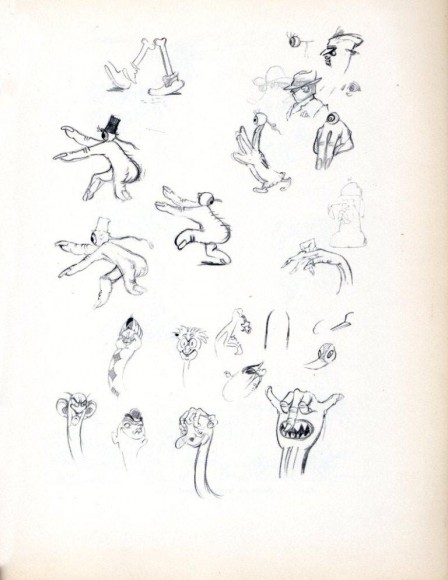 2
2.
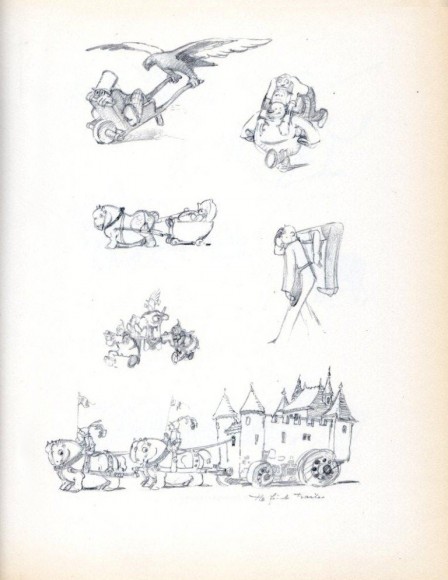 3
3“Notes on transportation.”
.
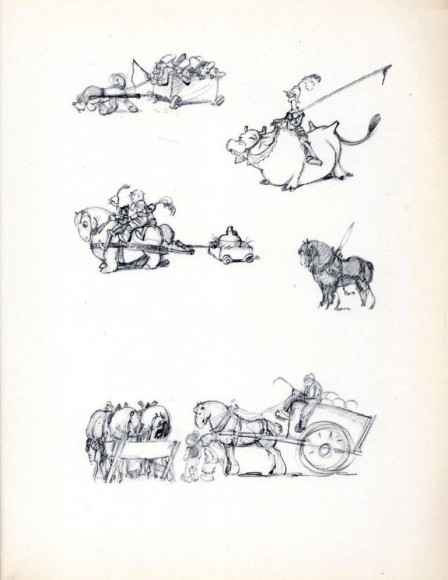 4
4.
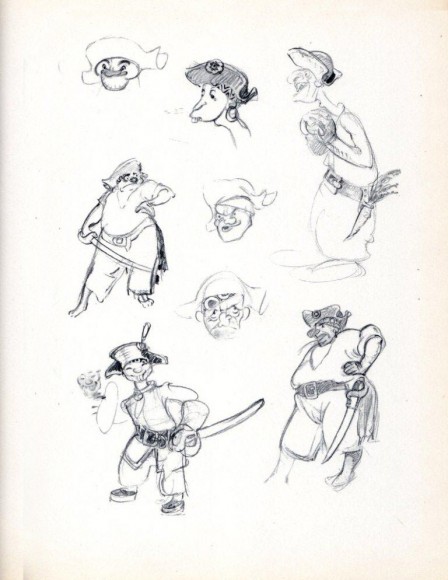 5
5“PeterPan . . . suggestions for Captain Hook’s Buccaneers.”
.
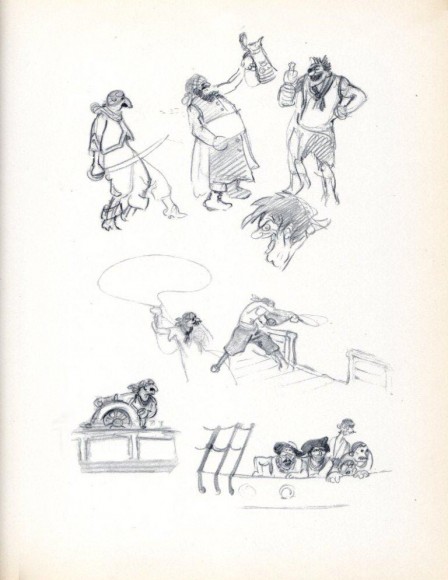 6
6.
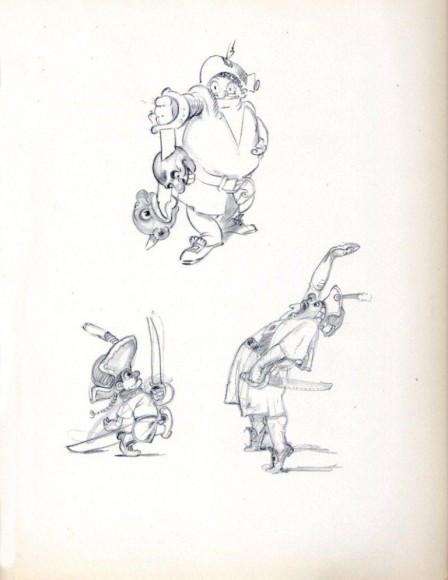 7
7.
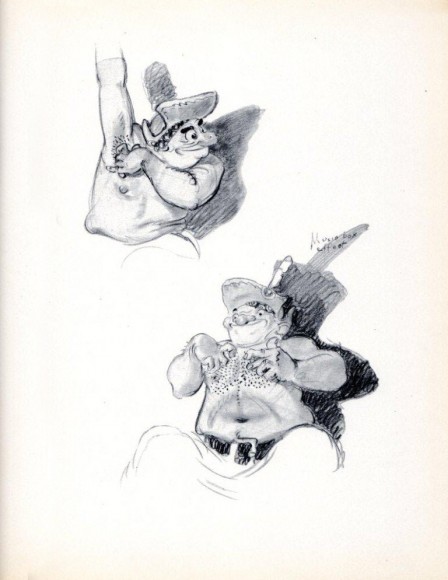 8
8.
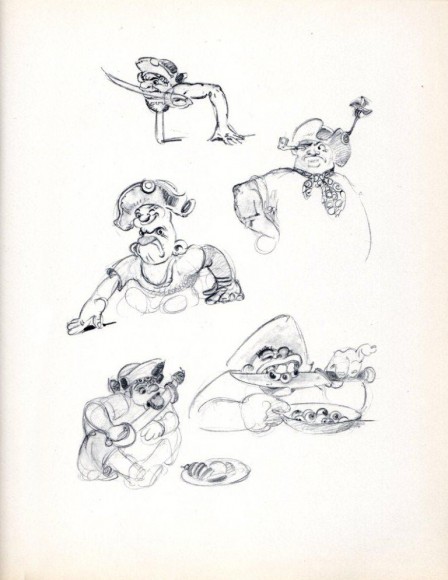 9
9.
 10
10“Including a few even Peter Pan never saw.”
.
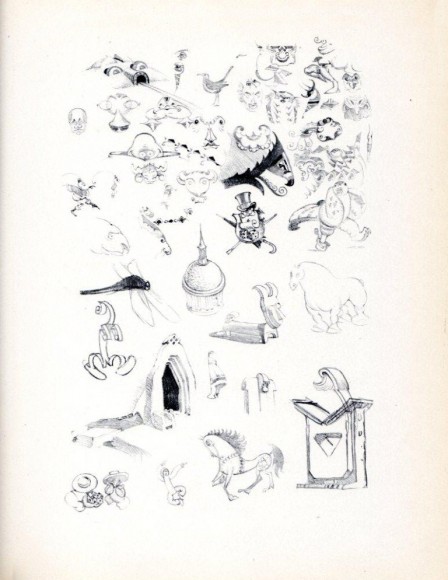 11
11“Pencil Wanderings”
.
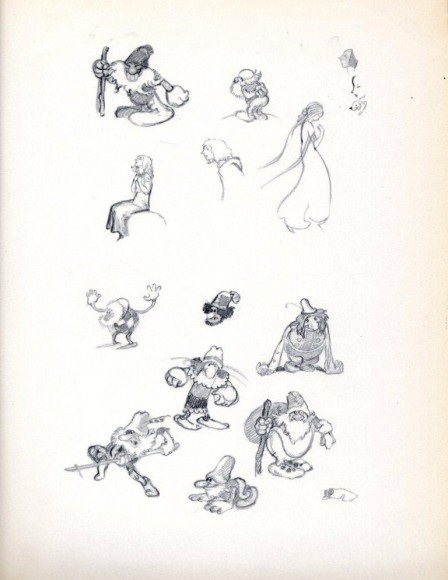 12
12“Assorted trolls.”
.
 13
13“Senility can be fun.”
.
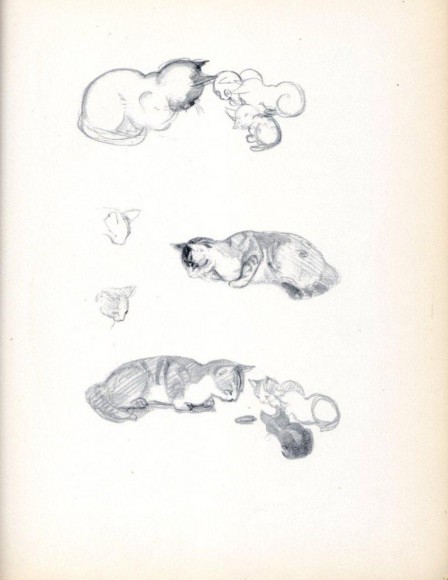 14
14“Tame ones.”
.
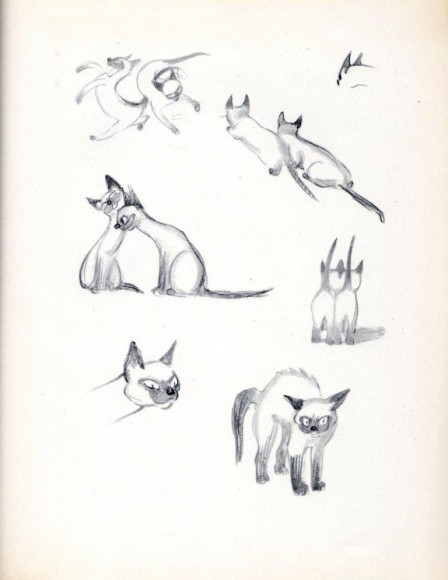 15
15“Wicked ones.”
.
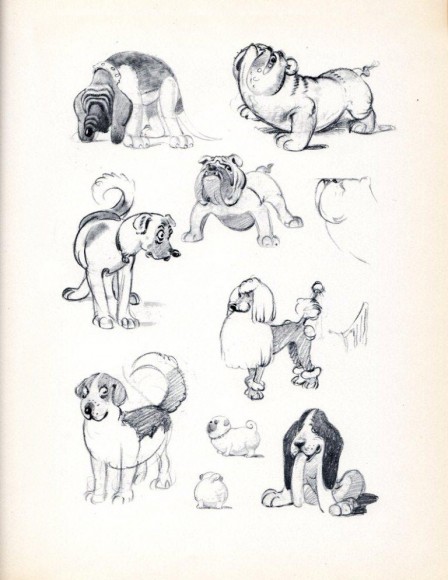 16
16“And a few fancy pups.”
.
To see past parts of this book go here:
Part 1, Part 2, Part 3, Part 4
Art Art &Bill Peckmann &Comic Art 11 Jan 2011 08:34 am
Feininger 1 – The Kin-Der-Kids
- Lyonel Feininger was most famously known for his artwork done in Germany as part of the German Expressionist movement. Interestingly enough, he didn’t start his serious art until the age of 36. Born in the United States in 1871, he created two early comic strips which were commissioned by the Chicago Tribune in 1906. They were trying to compete with the best strips of the day and chose to look to their own German-American community. The Kin-der-Kids and Wee Willie Winkie’s World. Both strips stand up with the best of Winsor McCay’s comic strips and, in some ways, is even more graphically daring than McCay.
Bill Peckmann has loaned me an excellent book collecting the strips of Feininger. In this first post, I’ve selected some samples of The Kin-der-Kids strip.
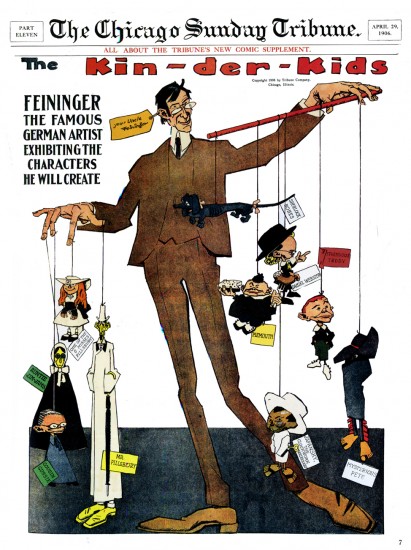 1
1The paper started the strip off with a big bang.
To give an idea of Feininger’s art after the comic strips, I’ve culled these few images of his paintings from various sites.
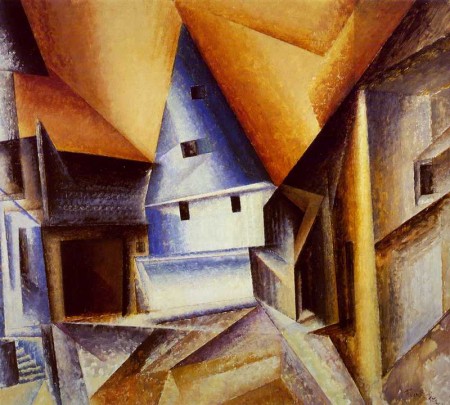 1
1Oil on canvas
Bill Peckmann &Comic Art &Disney 17 Dec 2010 09:03 am
Alice Comix – pt 2
.
- Last month I posted some Part 1 of strips of Alice In Wonderland taken from from the excellent book Bill Peckmann owns: Animated Features and Silly Symphonies.
The strips are dated 1951, and each page contains 2 Sunday strips. I believe the artwork is by Manuel Gonzales, penciler, and Dick Moores, inker. Gorgeous stuff.
Here we continue with the next 8 strips of the series to conclude the story.
Many thanks go out to Bill Peckmann for the scans and loan of the material.
Enjoy.
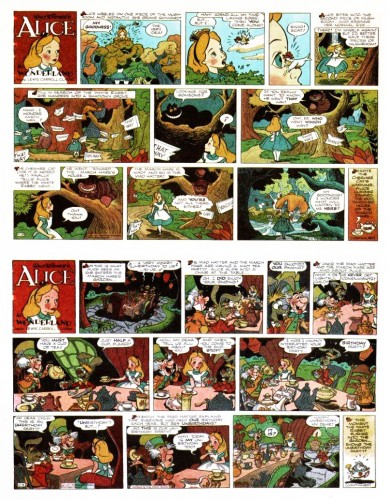 9-10
9-10(Click any image to enlarge.)
Animation Artifacts &Bill Peckmann &Books &Disney &Illustration 03 Dec 2010 09:53 am
He Drew As He Pleased – 4
 - Here are more pages from the book by Albert Hurter, He Drew As He Pleased (Simon and Schuster, 1948.) This gem is a rare book, indeed.
- Here are more pages from the book by Albert Hurter, He Drew As He Pleased (Simon and Schuster, 1948.) This gem is a rare book, indeed.
Albert Hurter was one of the European illustrators Disney brought into his studio for Snow White and Pinocchio. Hurter was the his own master, drawing designs which would be used generally to further the design of the features and Silly Symphonies.
A similar position seems to have gone to Joe Grant when he worked in the period during the making of Beauty and the Beast through The Hunchback of Notre Dame. Some of his drawings, as can be seen in John Canemaker‘s book, Two Guys Named Joe, are just as brilliant. Indeed, there were a lot of brilliant artists floating around the Disney studio in the late Thirties, early Forties.
Many thanks to Bill Peckmann for the loan of the book’s pages and the arduous task of scanning these illustrations.
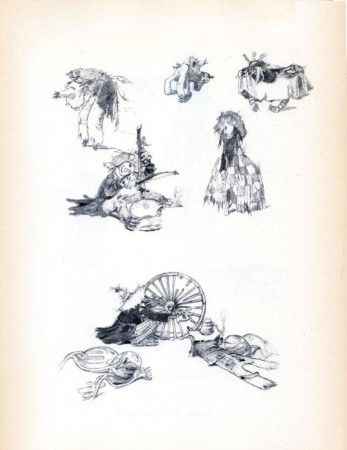 50
50
“He was fond of scarecrows . . . ”
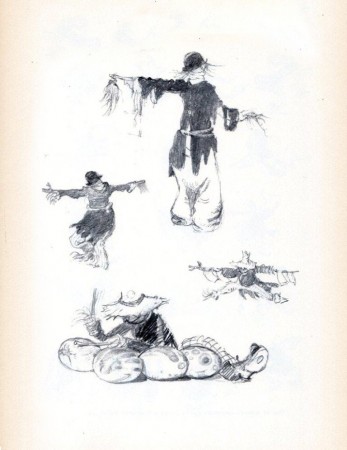 51
51“They were so simple and natural . . .”
.
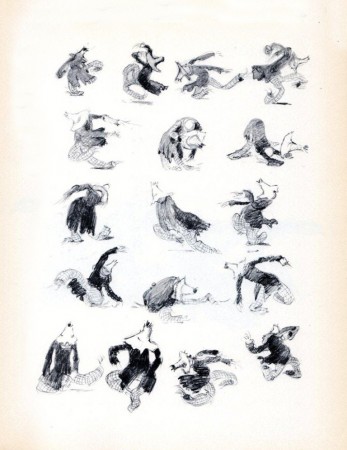 52
52“One of Albert’s ambitions was
to design a scarecrow ballet.”
.
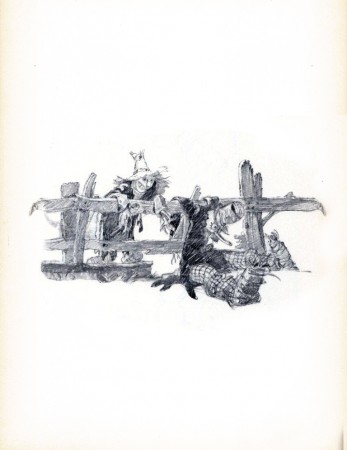 53
53.
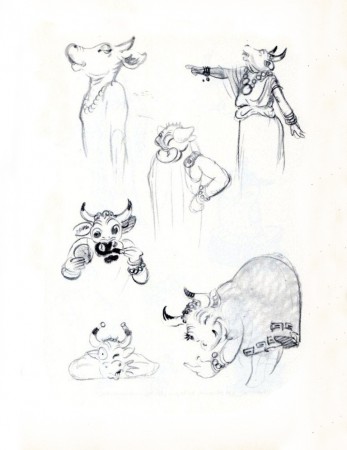 54
54“When Fantasia was planned,
he began playing with mythology.”
.
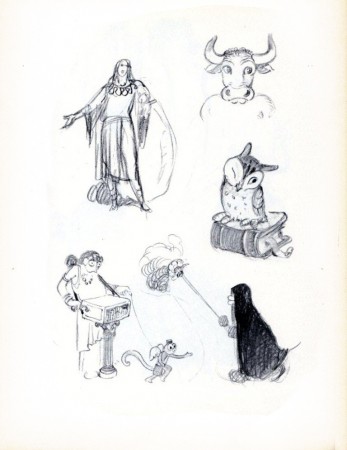 55
55.
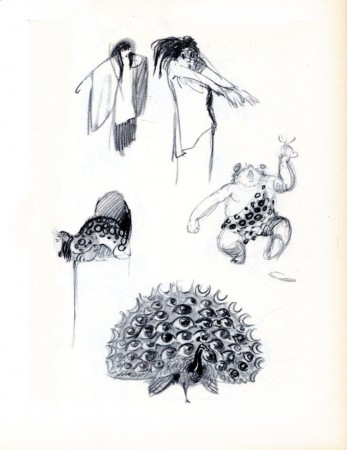 56
56.
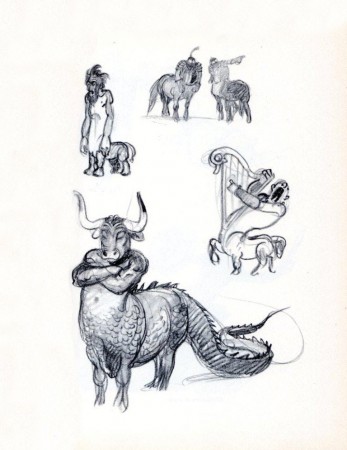 57
57Variations on a Centaur
.
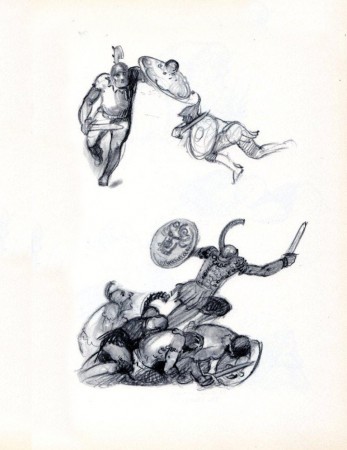 58
58Gladiators at Work
.
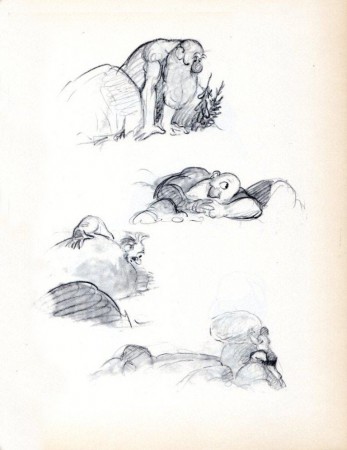 59
59The Titans
.
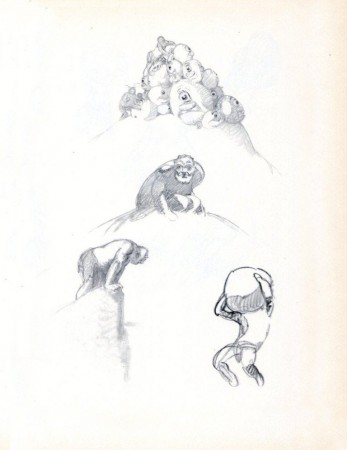 60
60.
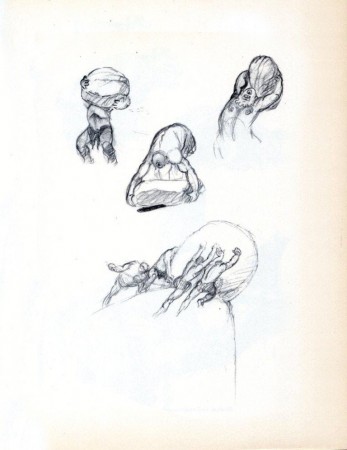 61
61.
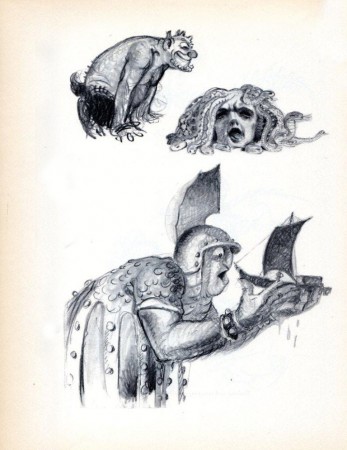 62
62Medusa and Contemporaries
.
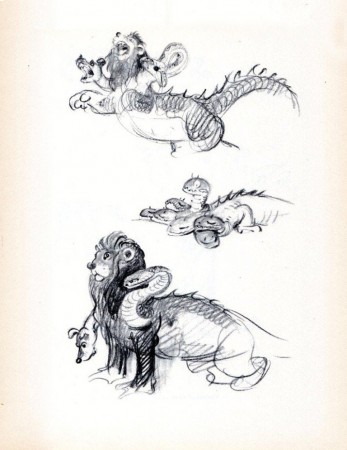 63
63.
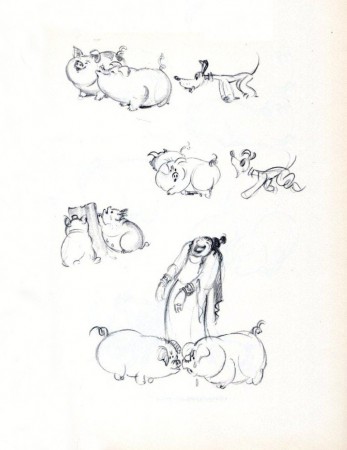 64
64Victims of Circe
.
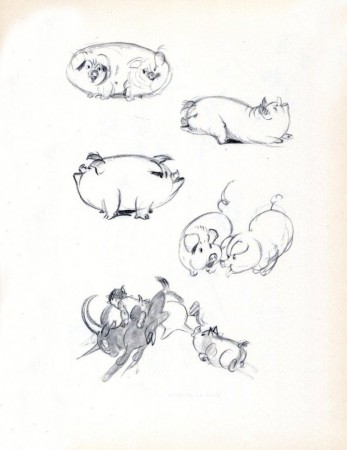 65
65Siamese and Otherwise
.
Bill Peckmann &Comic Art 19 Nov 2010 08:29 am
Hazel
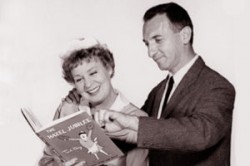 - Ted Key was a prolific cartoonist whose principal cartoon character Hazel lived in the weekly issues of the Saturday Evening Post from 1943-1969 before going wide with syndication at King Features once the Post went out of business.
- Ted Key was a prolific cartoonist whose principal cartoon character Hazel lived in the weekly issues of the Saturday Evening Post from 1943-1969 before going wide with syndication at King Features once the Post went out of business.
Hazel, in my childhood, was also a weekly TV series starring the inexorable Shirley Booth. I’m not sure this is who, at first, I imagined Hazel to look and sound like, but once you saw the series you bought it.
The strip ran in papers until 1993 when Mr. Key retired. He died in 2008 at the age of 95.
He was also responsible for a couple of cartoons that led to three Disney live-action films: “The Million Dollar Duck†(1971), a pet duck that laid golden eggs, and “Gus†(1976), a mule that kicked field goals and “The Cat from Outer Space” (1978) starring Roddy McDowall. He also created “Peabody and Sherman” for Rocky the Flying Squirrel. Apparently, Jay Ward was a good friend of Leonard Key, Ted’s brother.
However, I’m interested in Hazel, here. The cartoons Mr. Key did with this character seem so effortless. The line work looks very natural and relaxed, as if the cartoons just flowed from the pen.
Here, thanks to Bill Peckmann and his contribution from his library, are some cartoons from the book of Hazel spots: If You Like Hazel. Enjoy.
